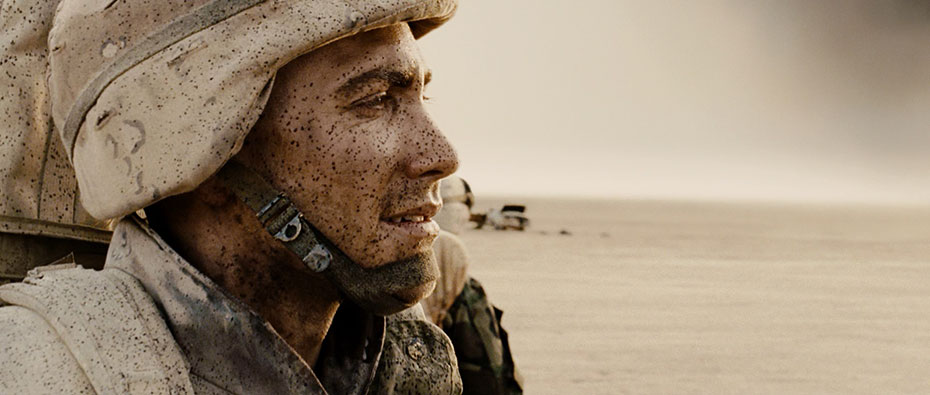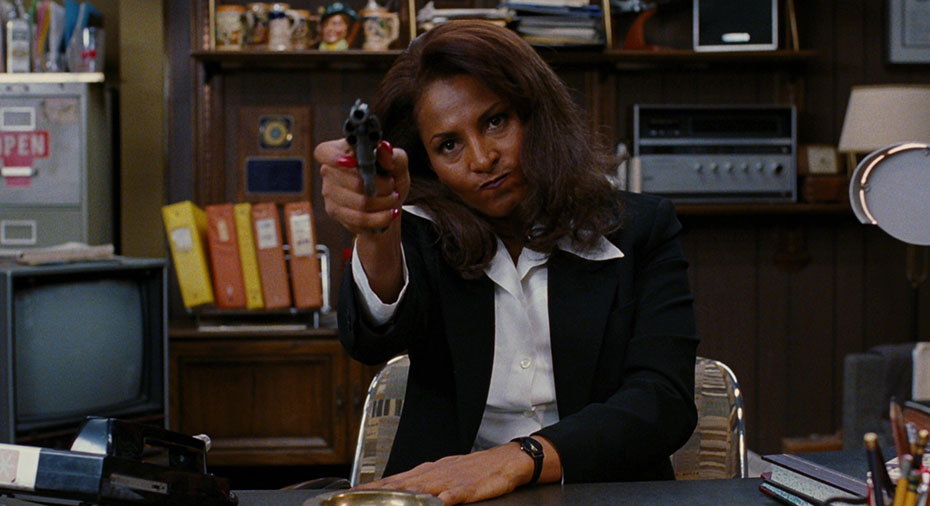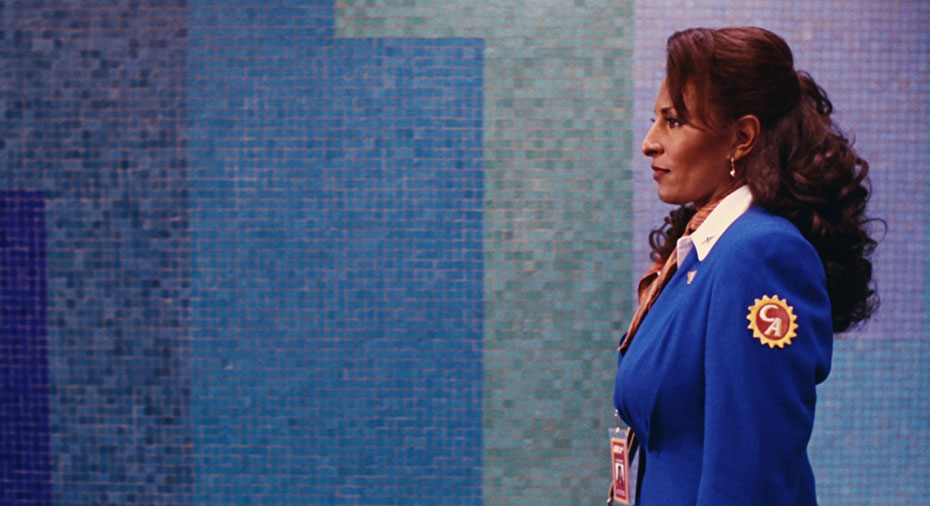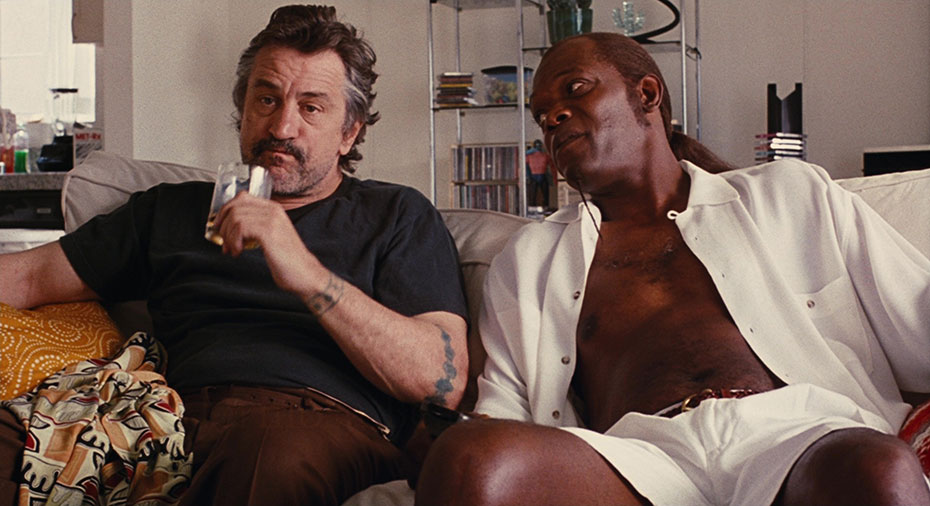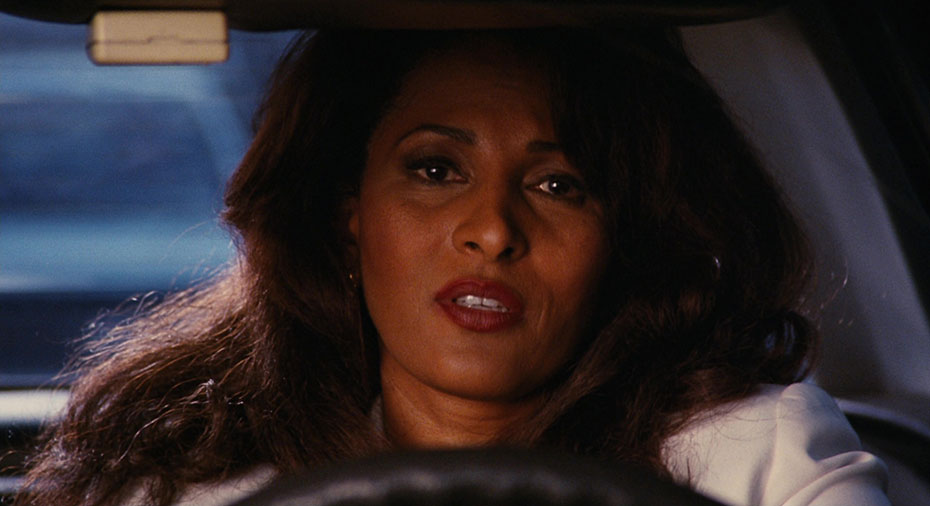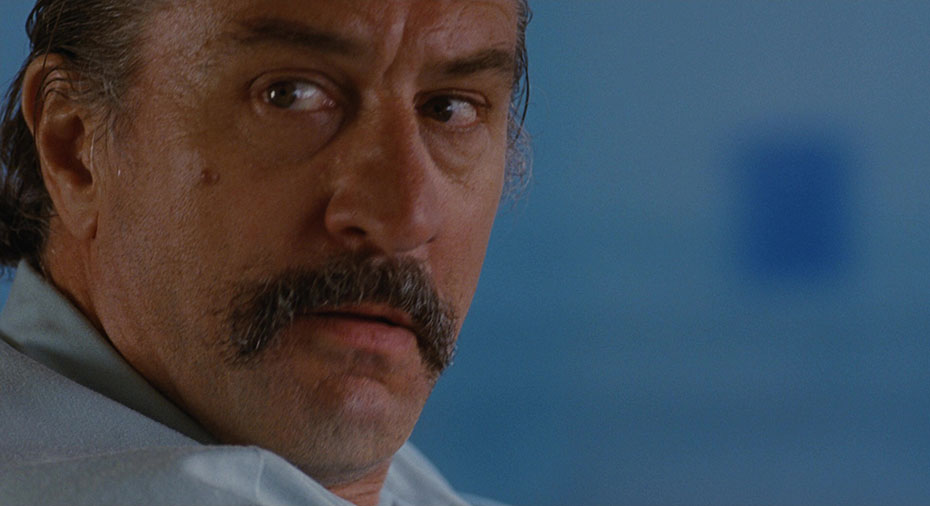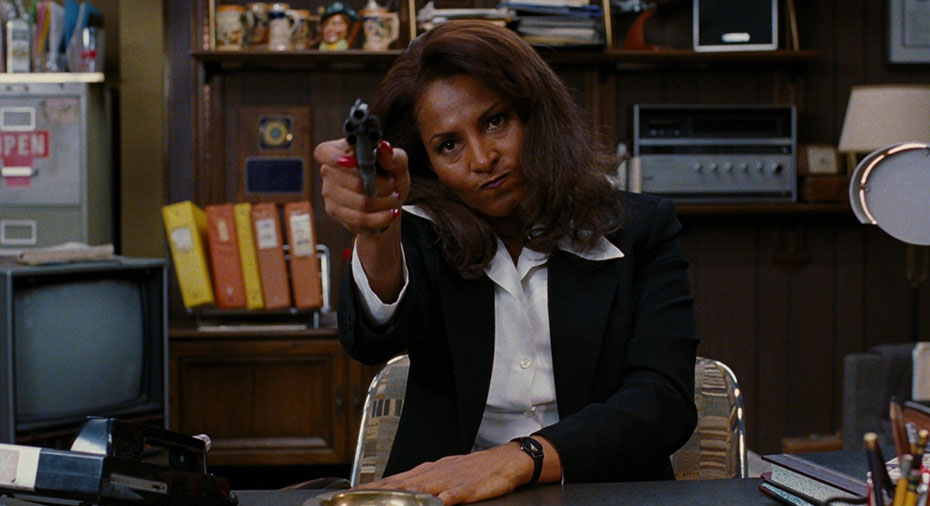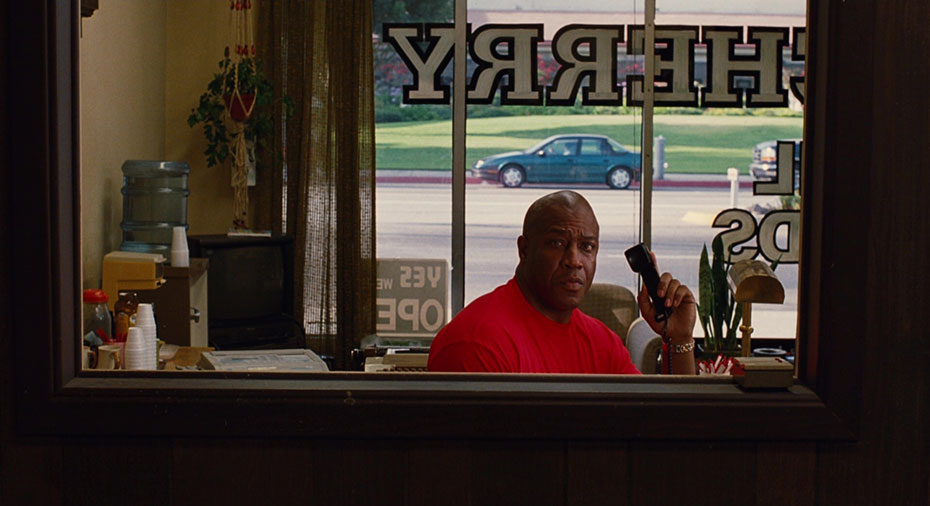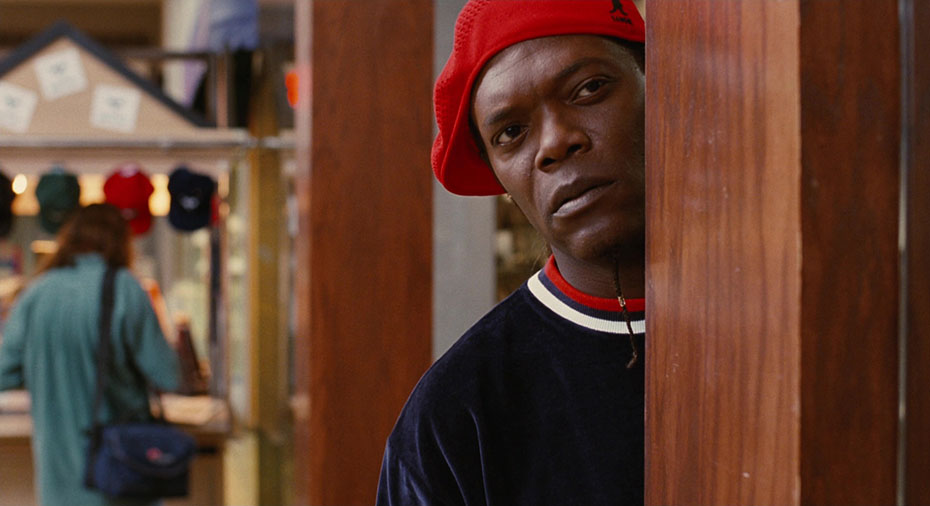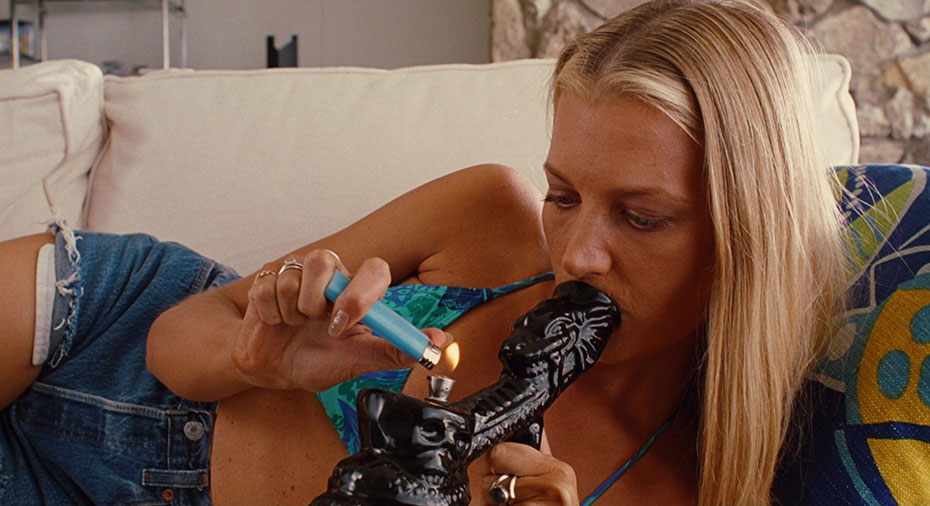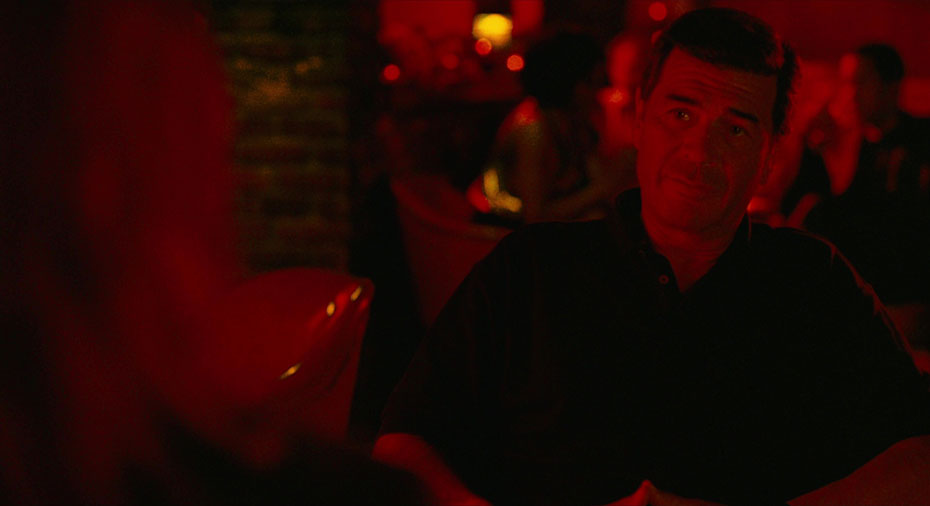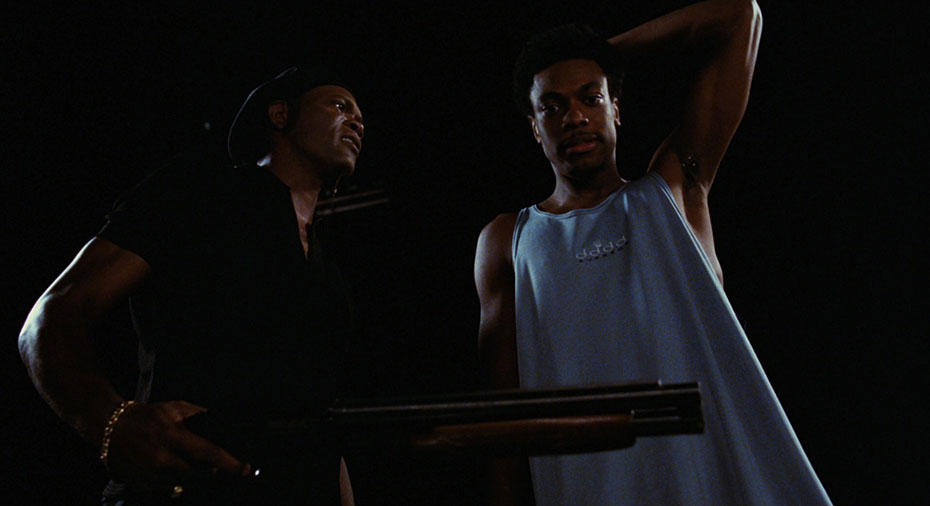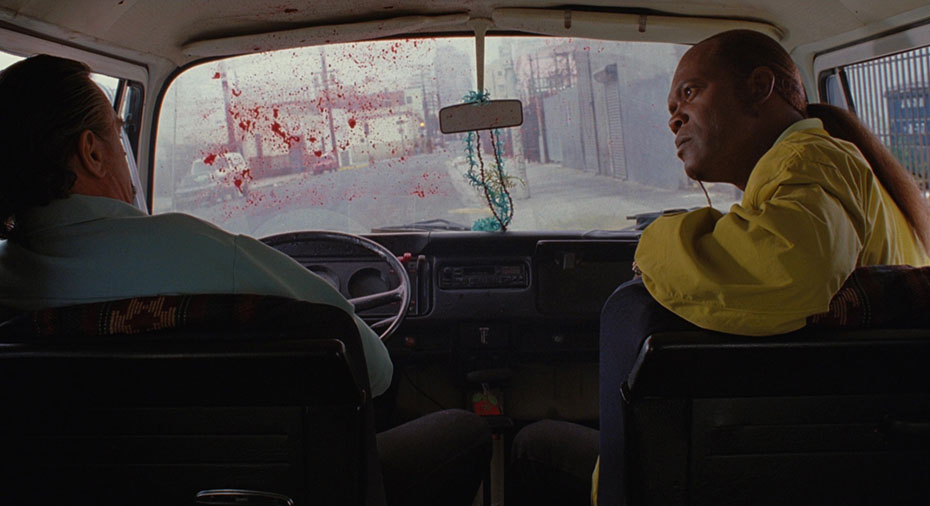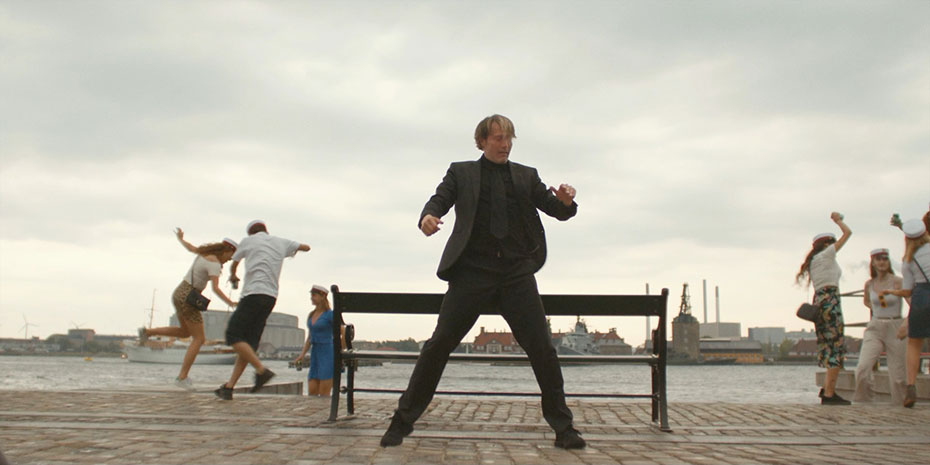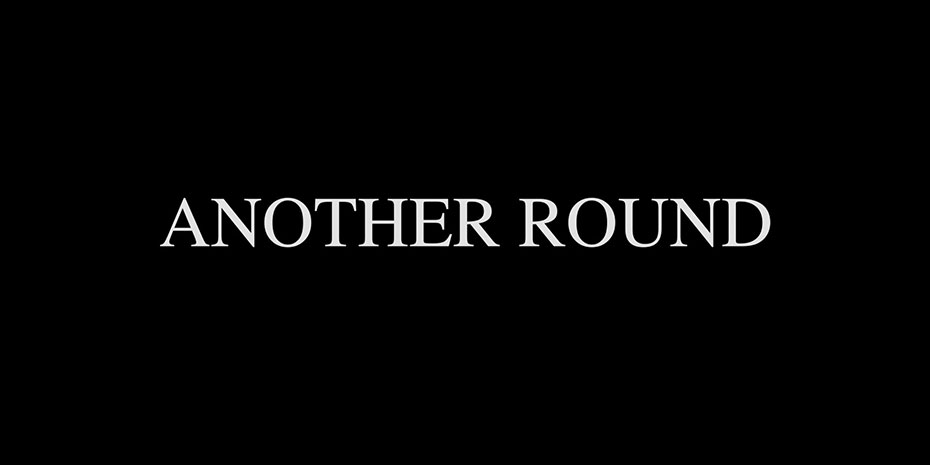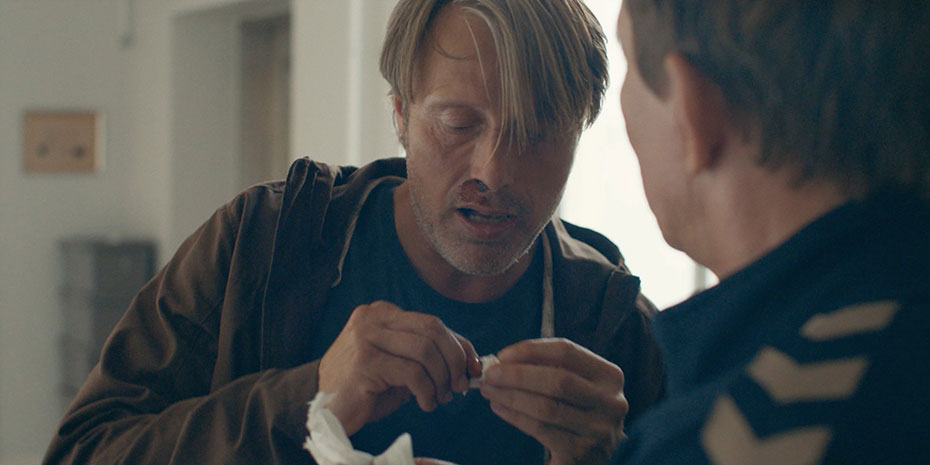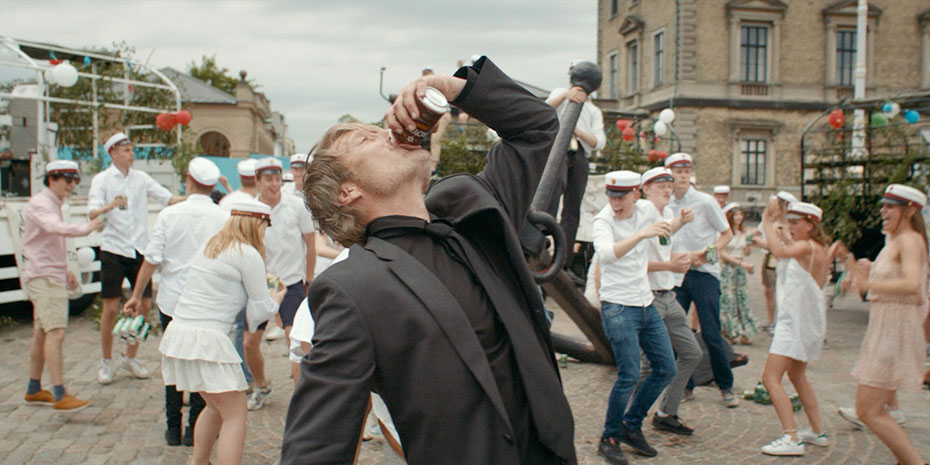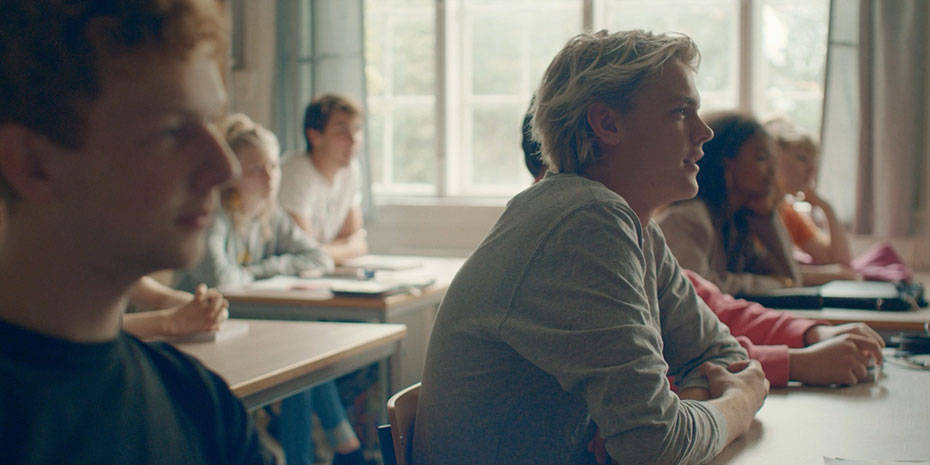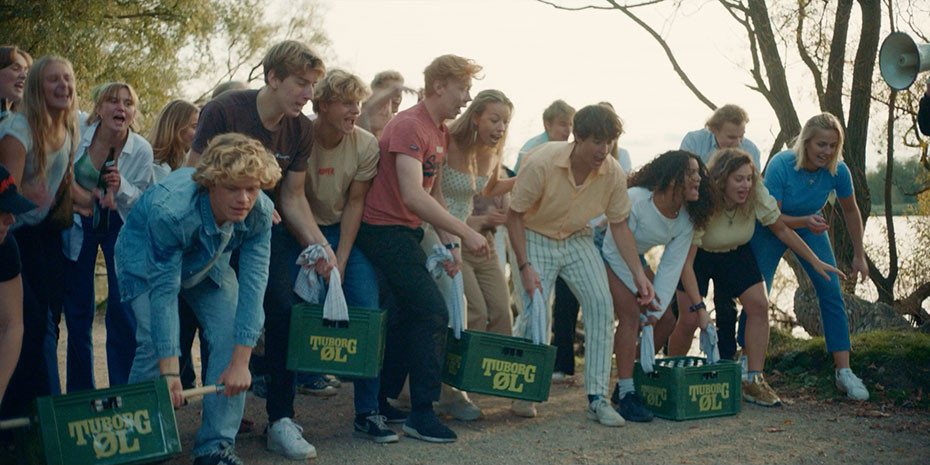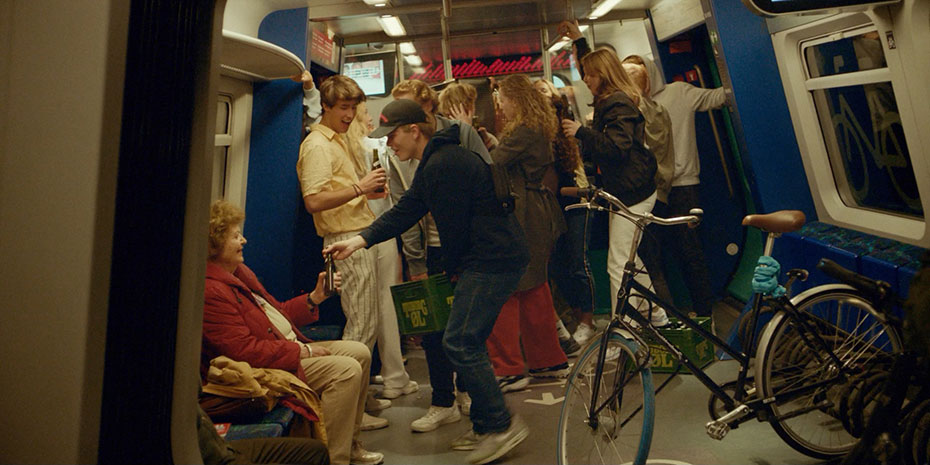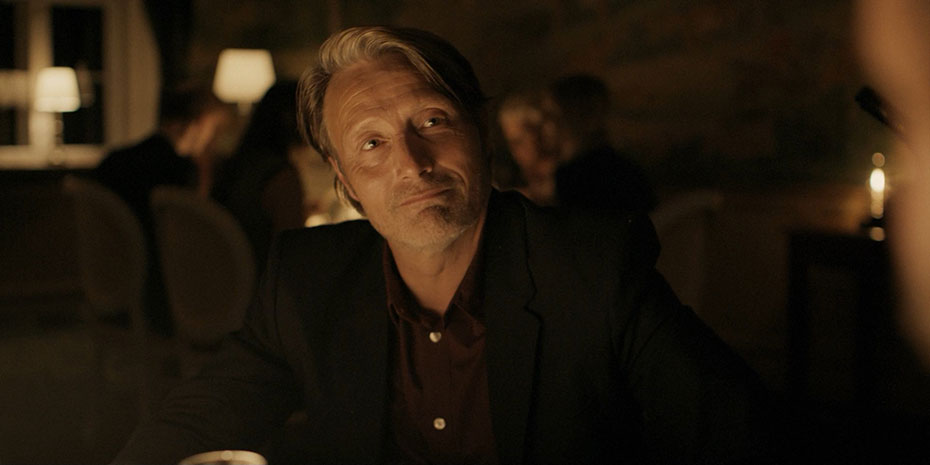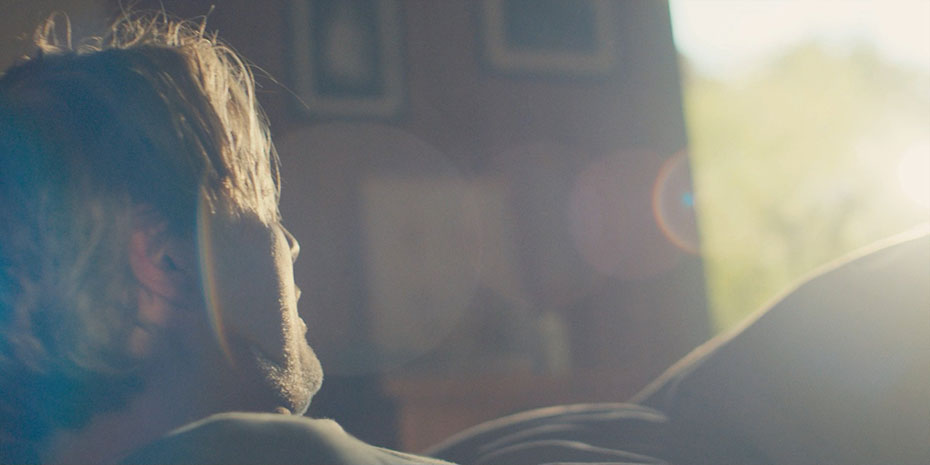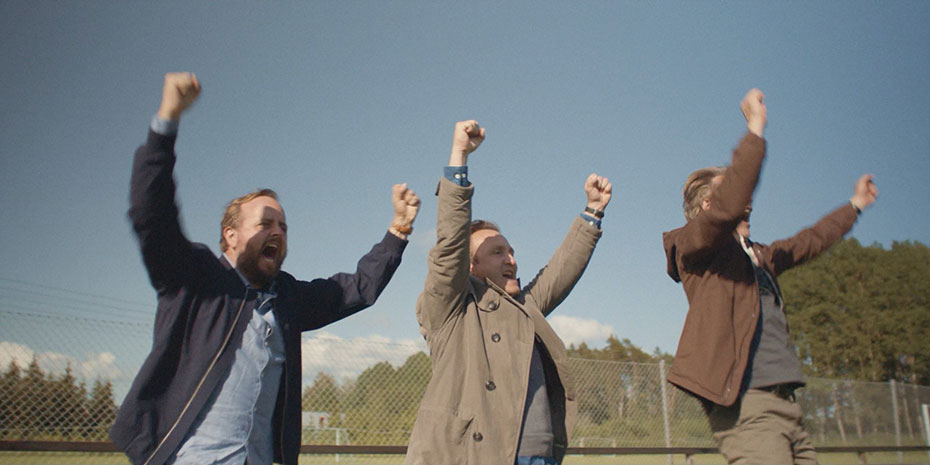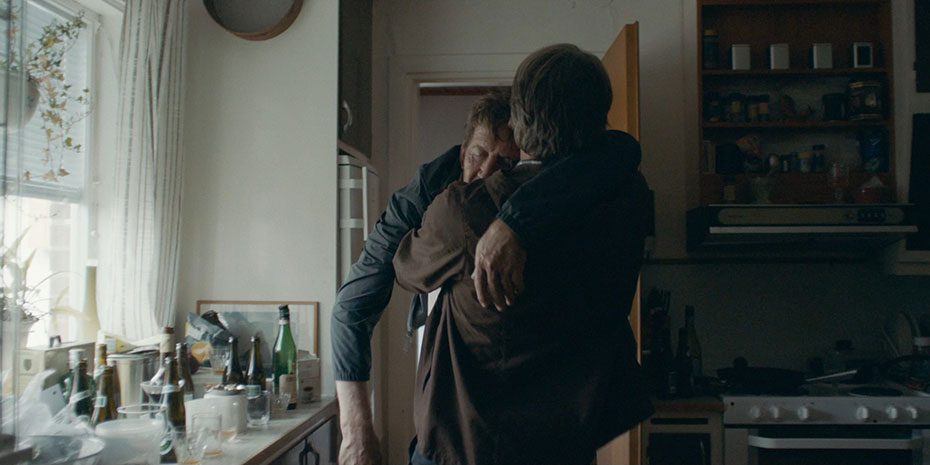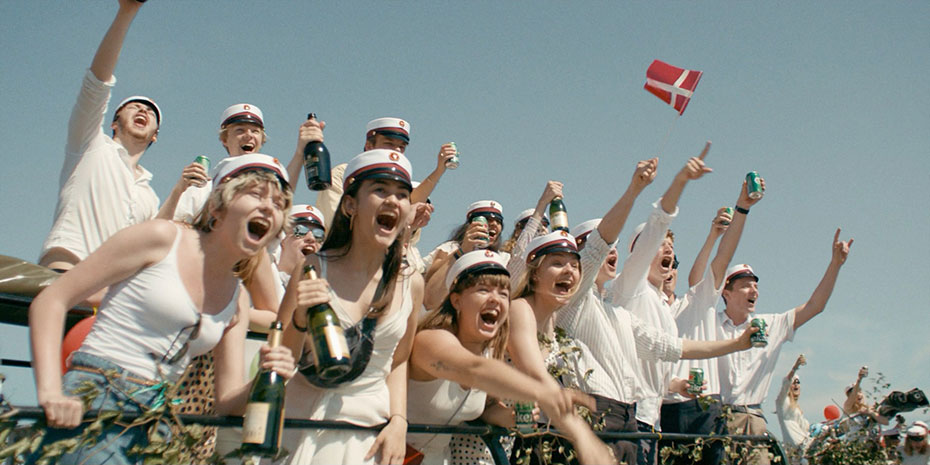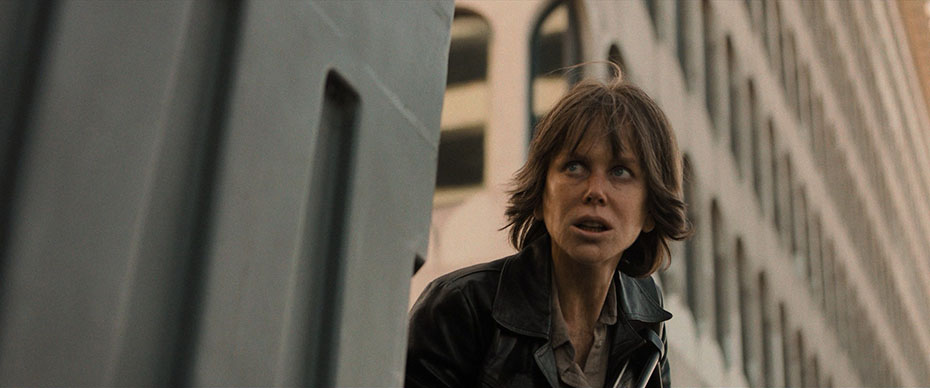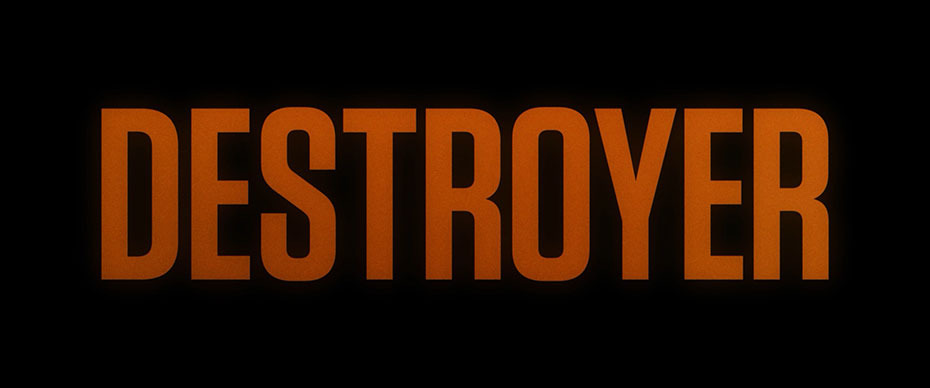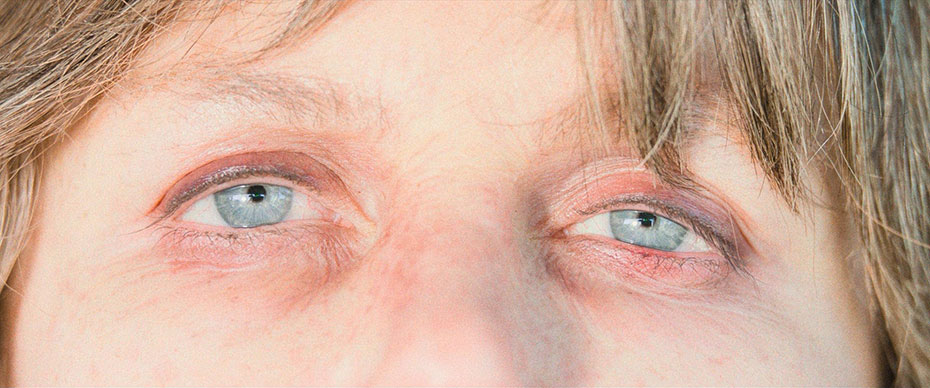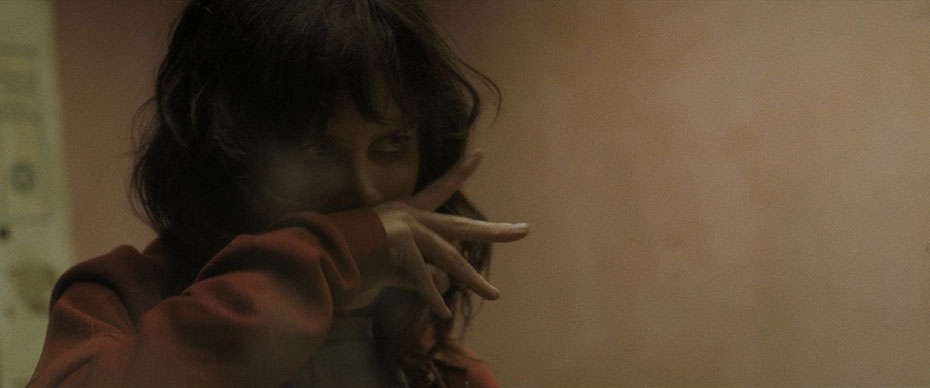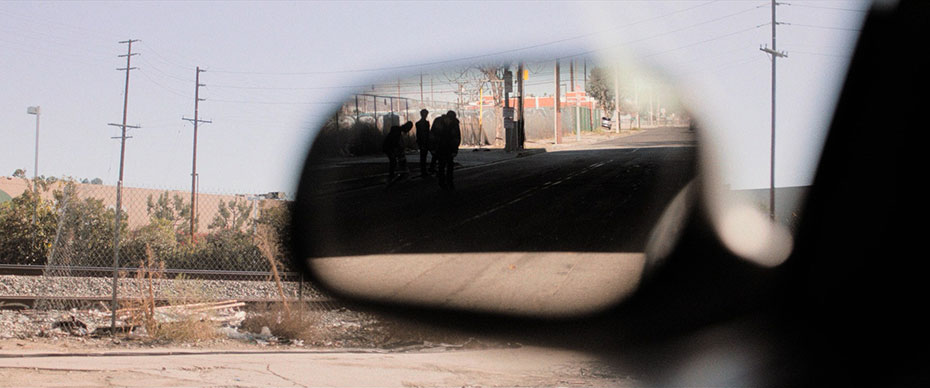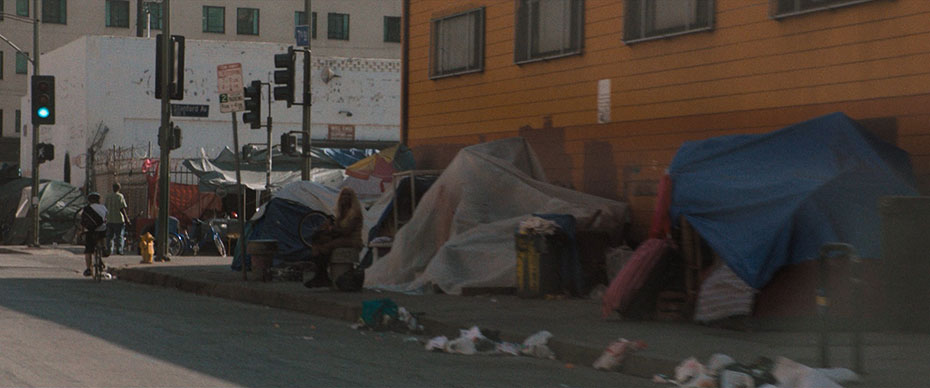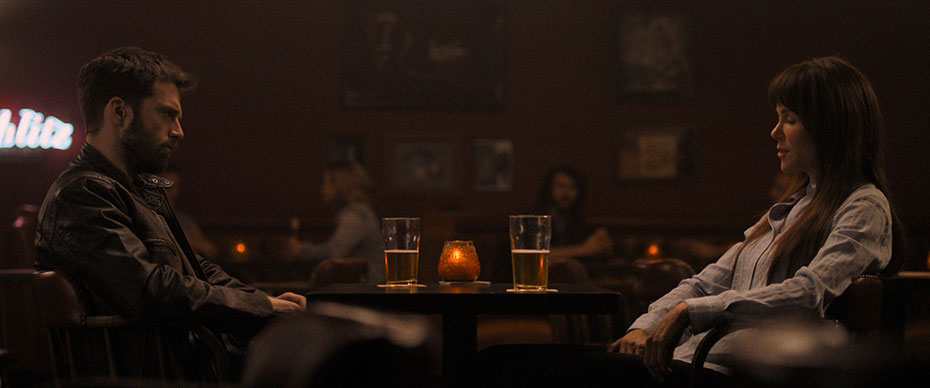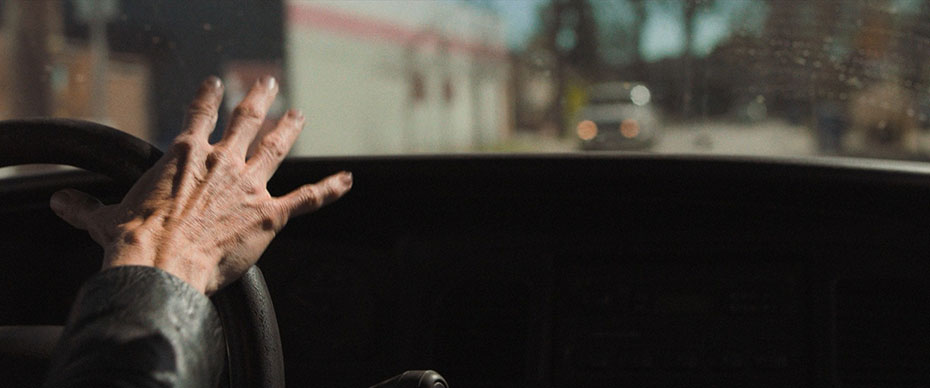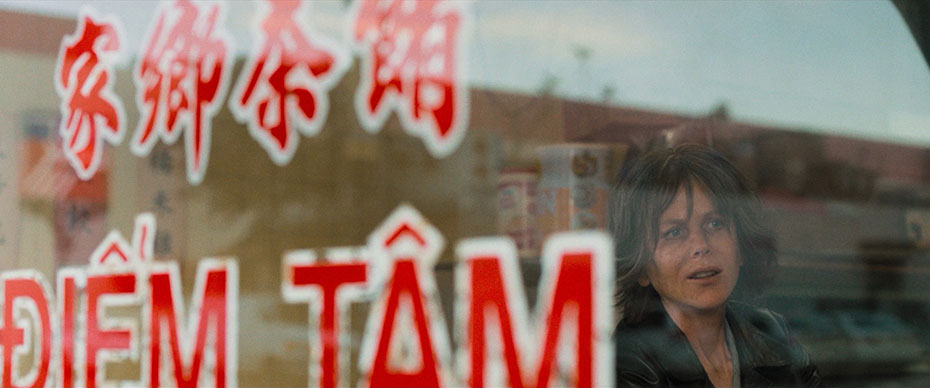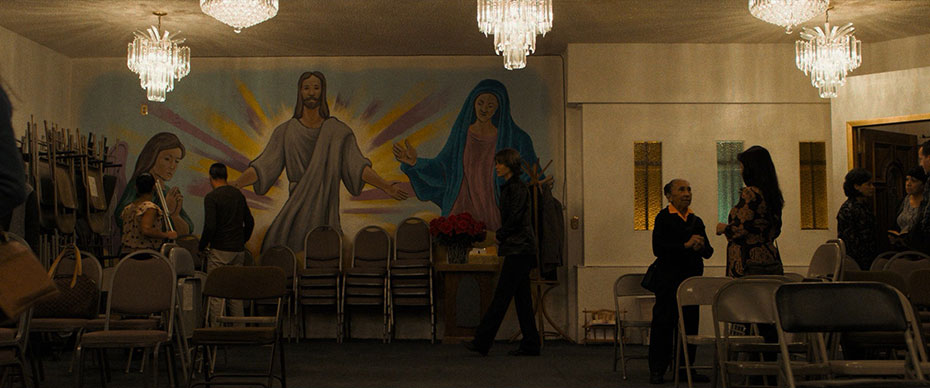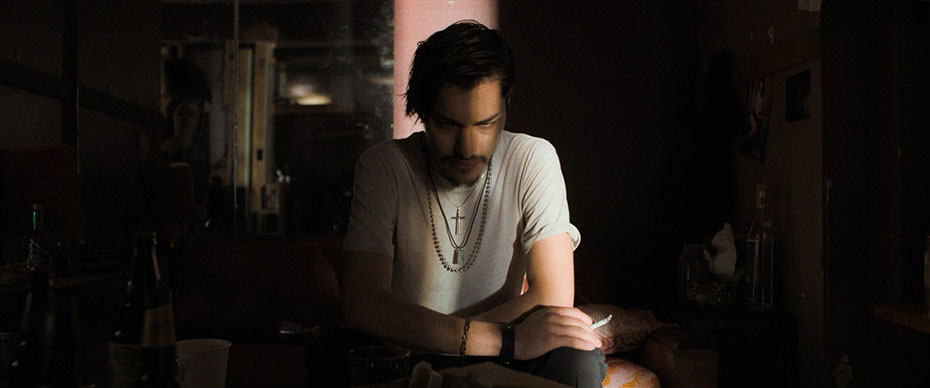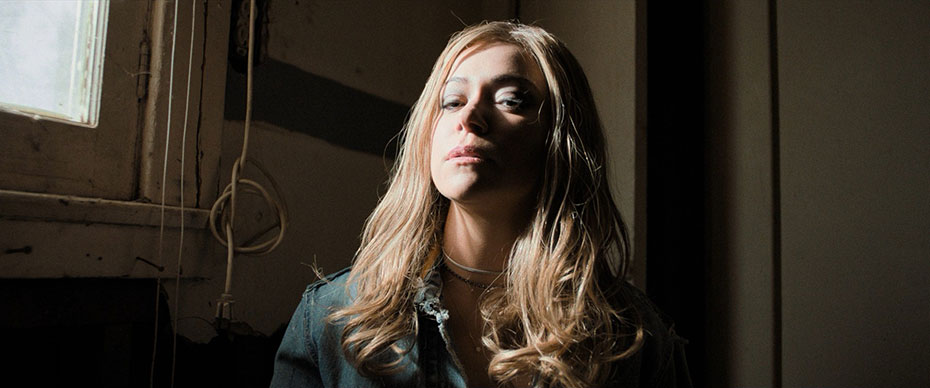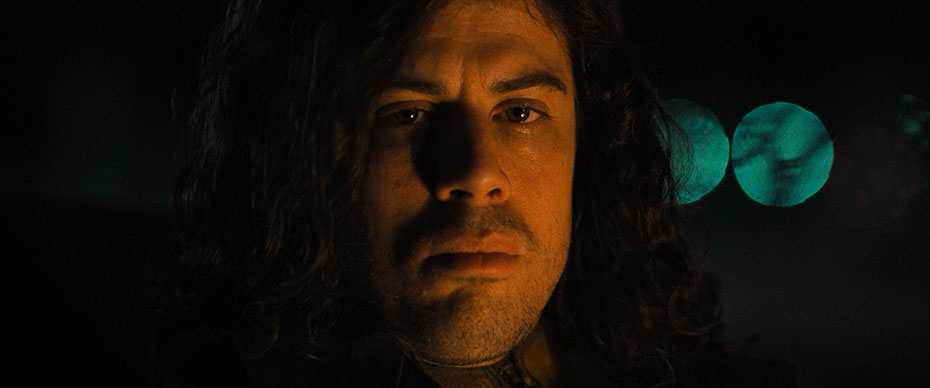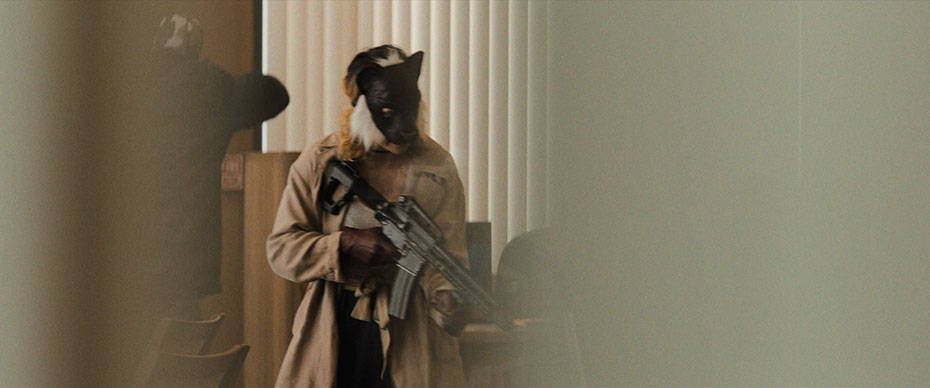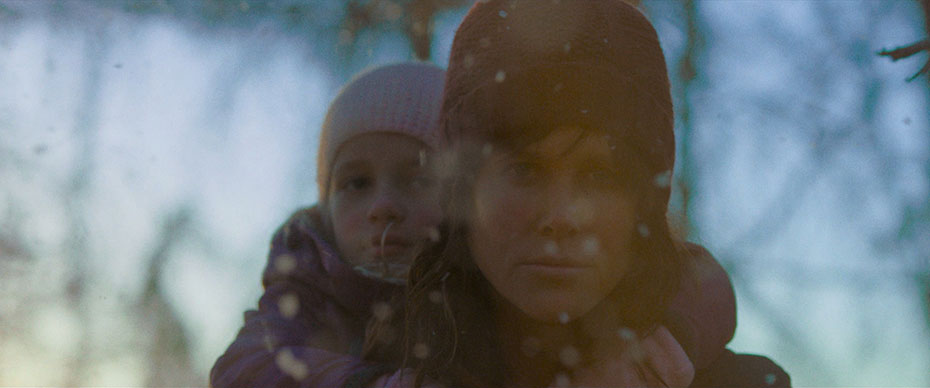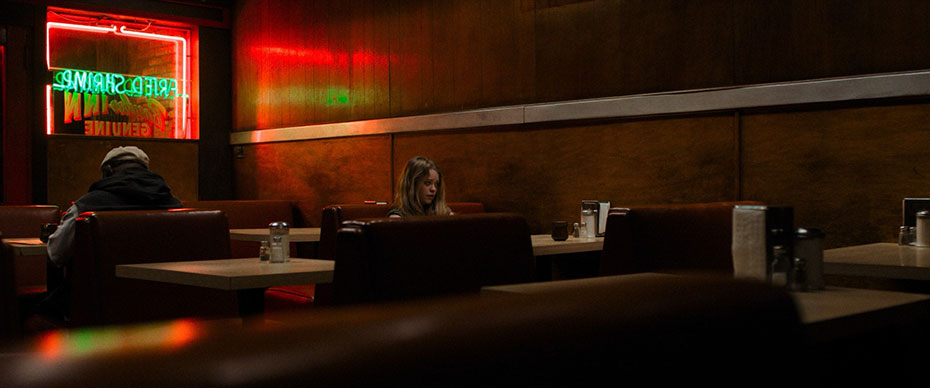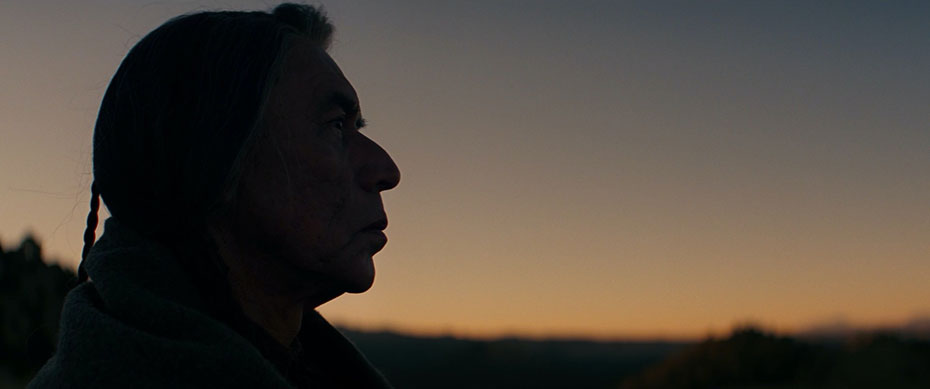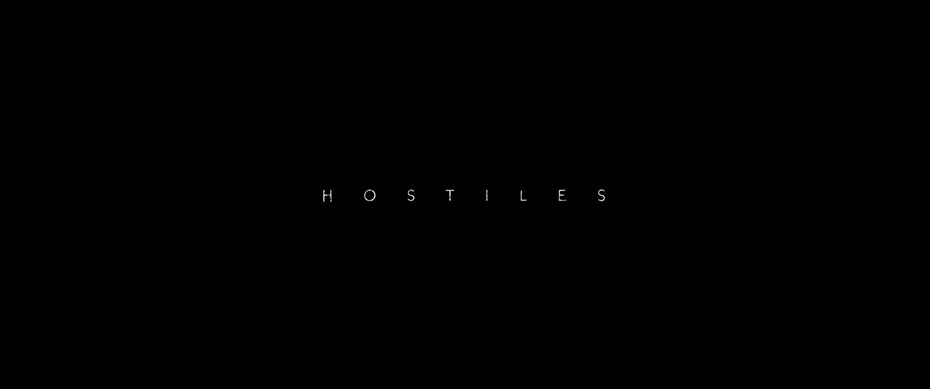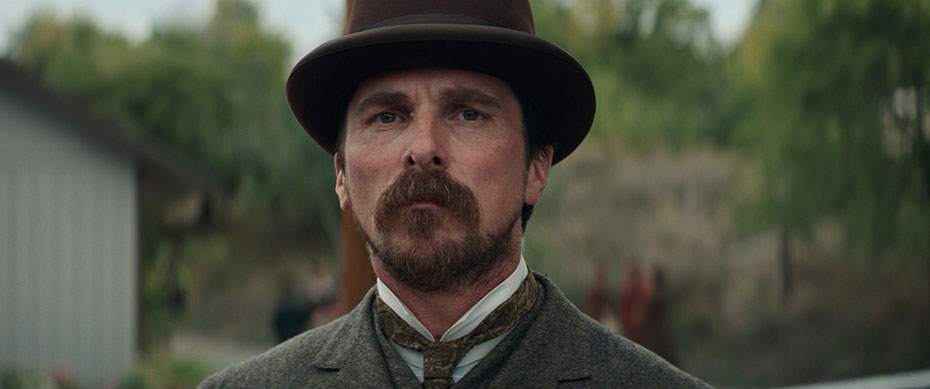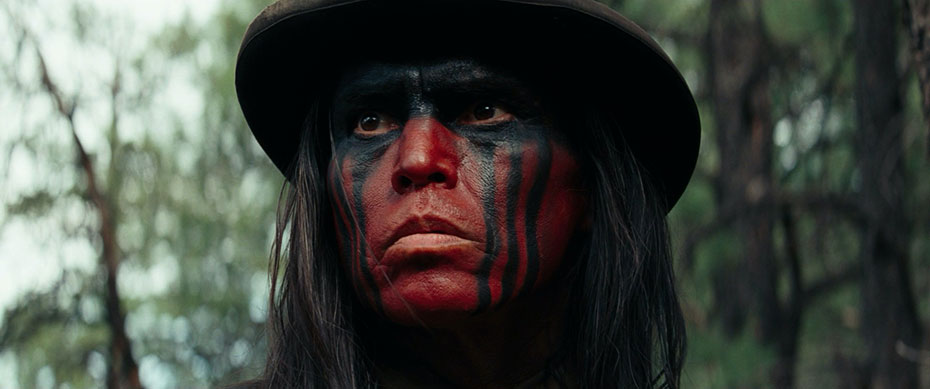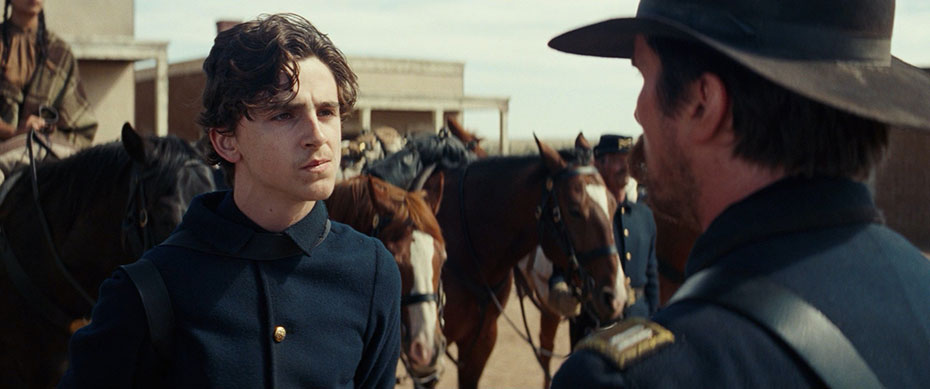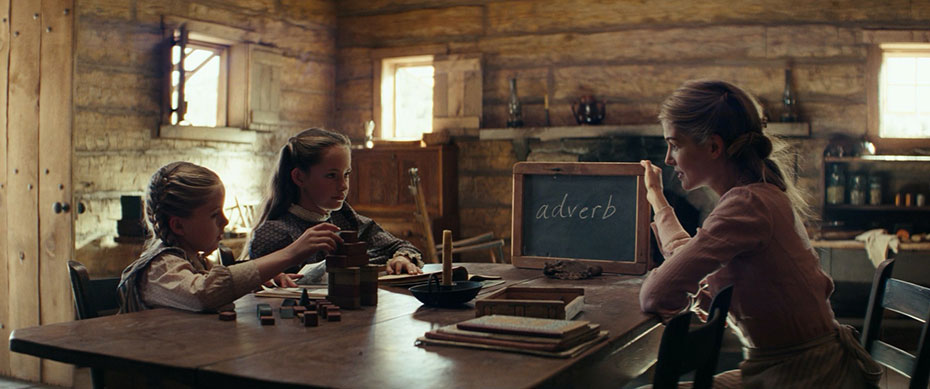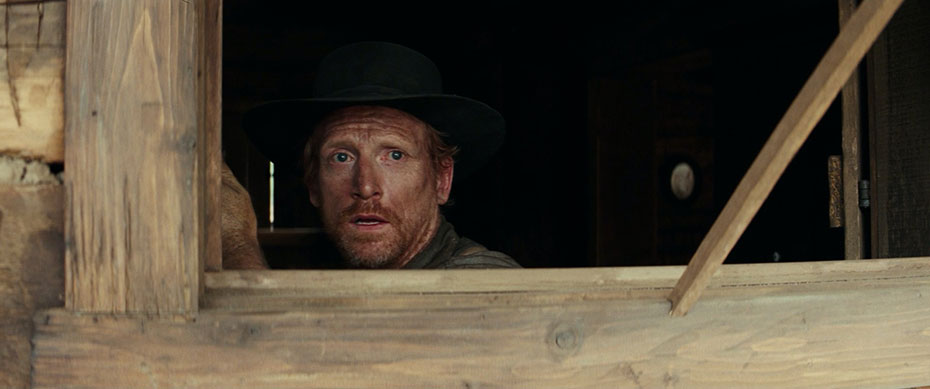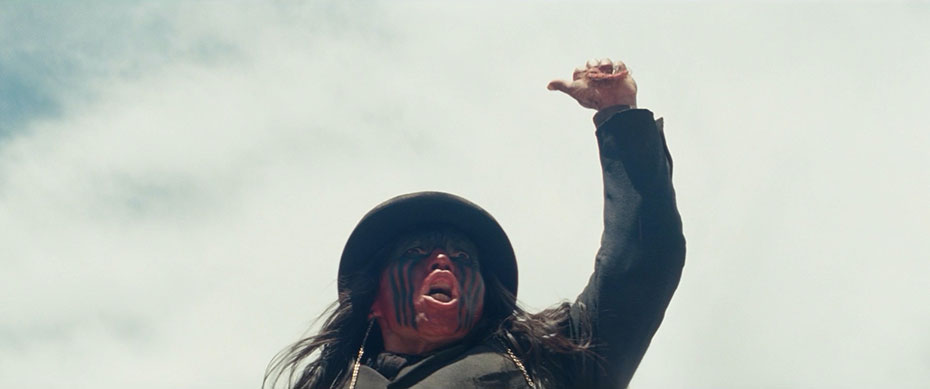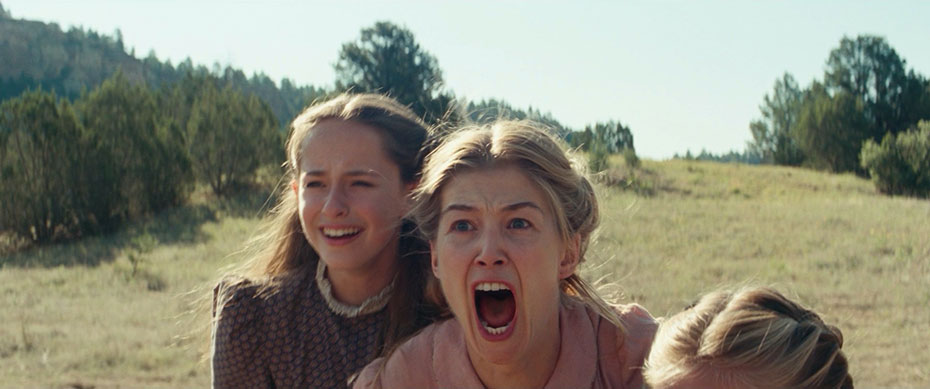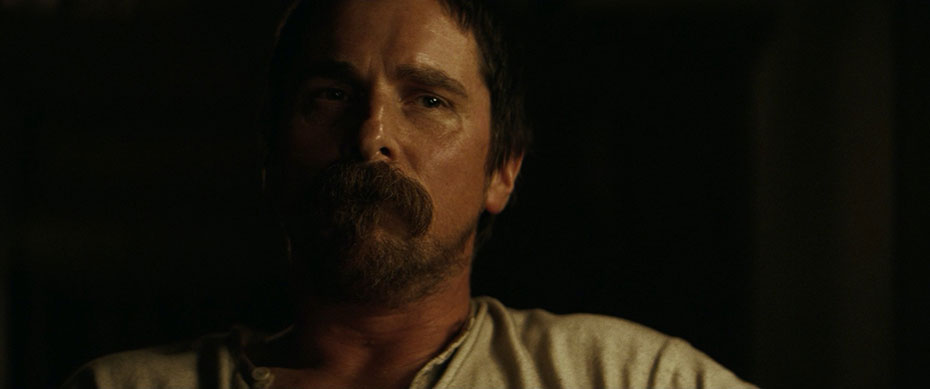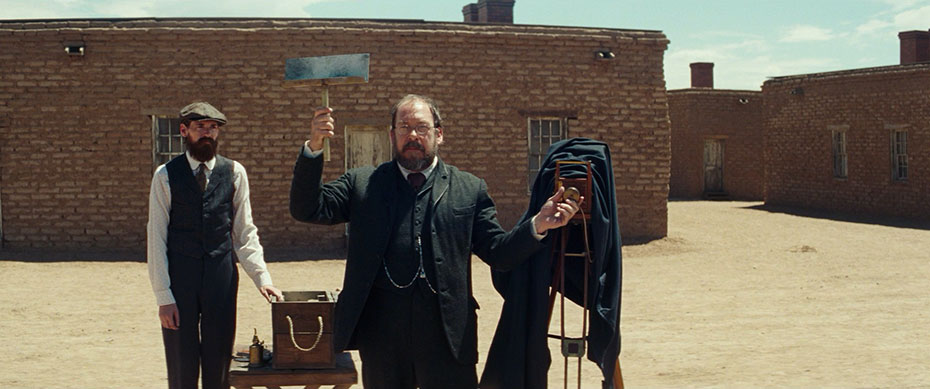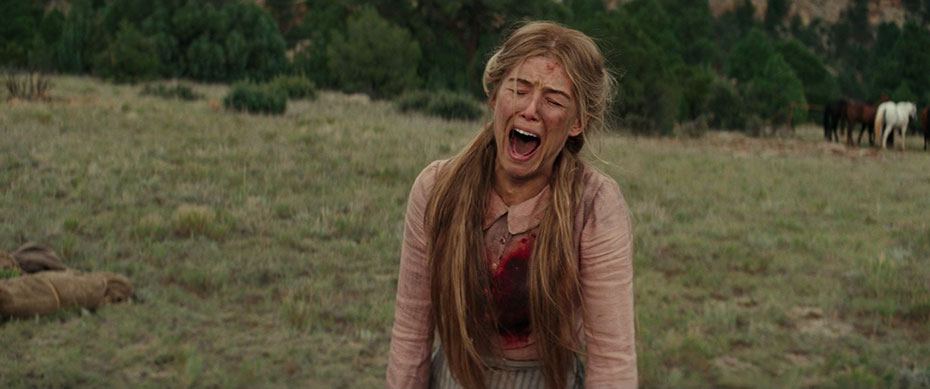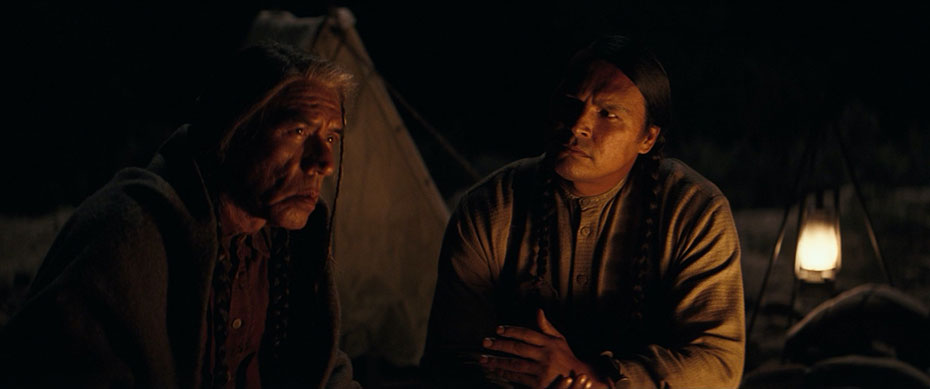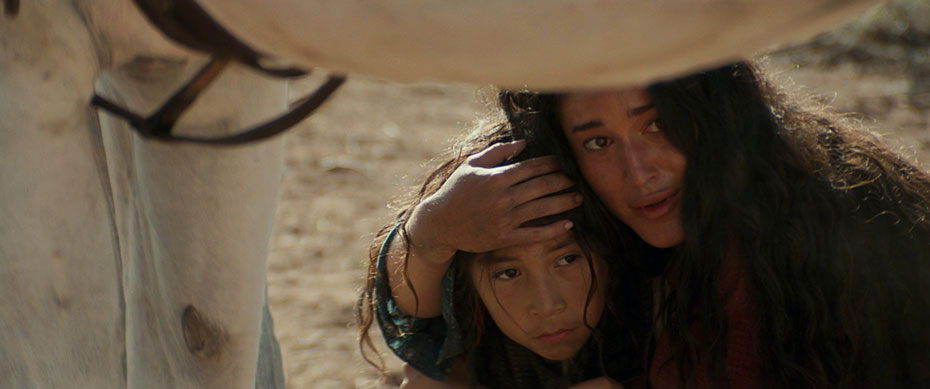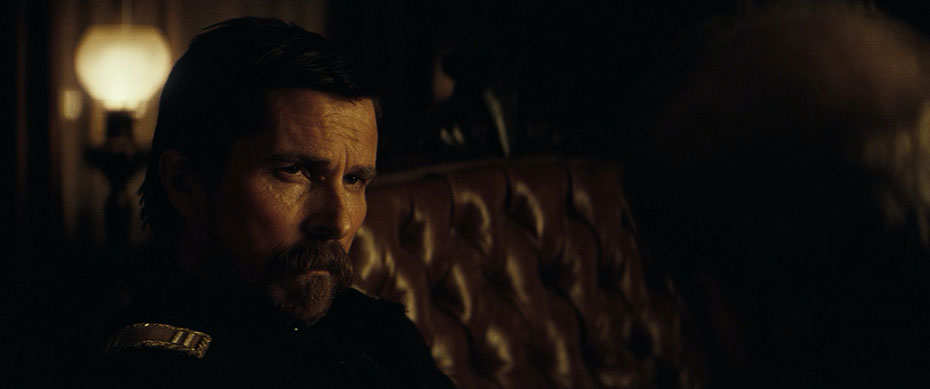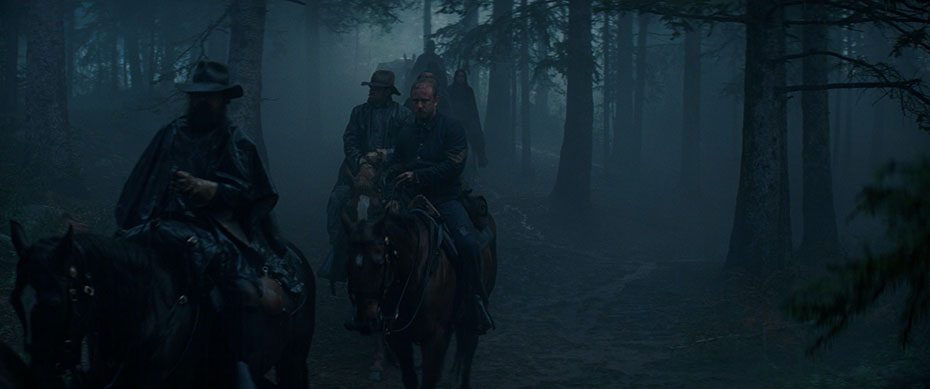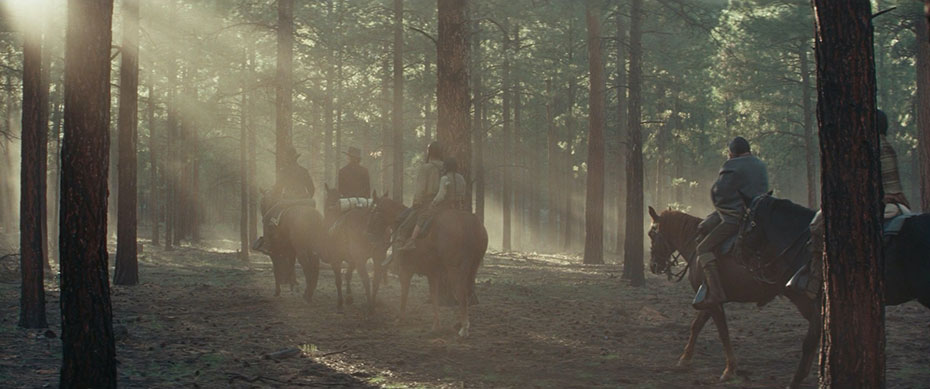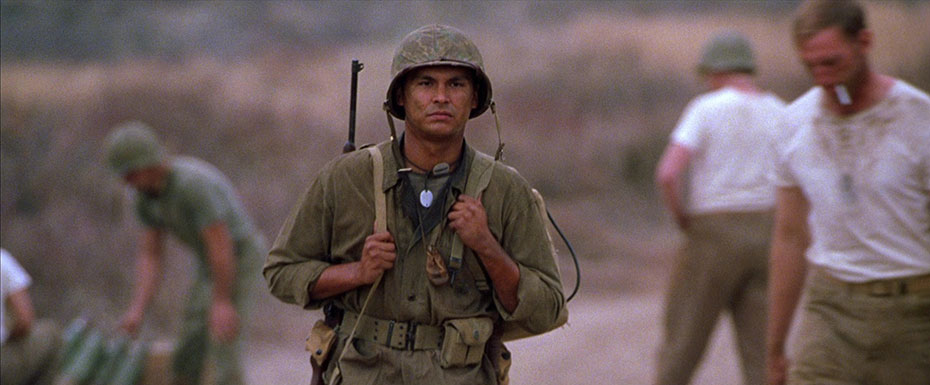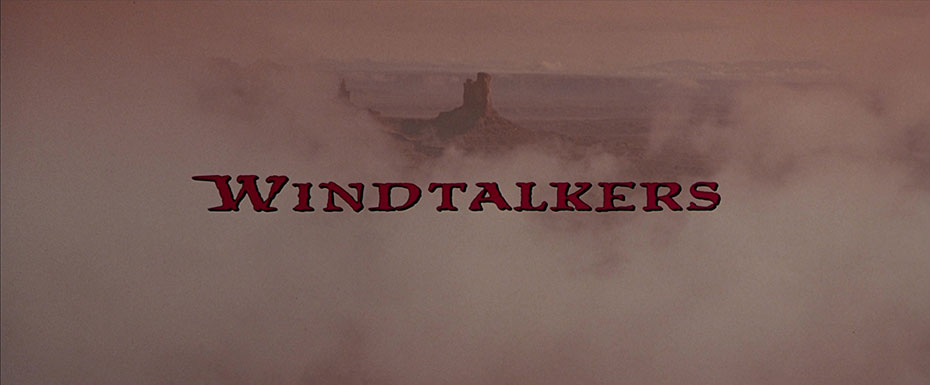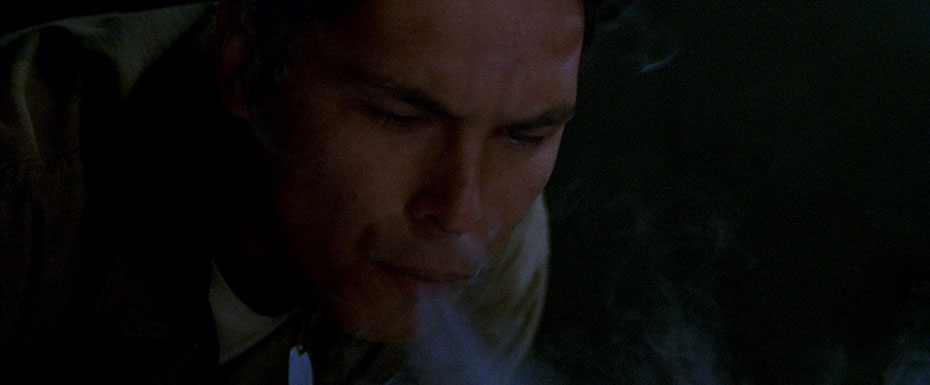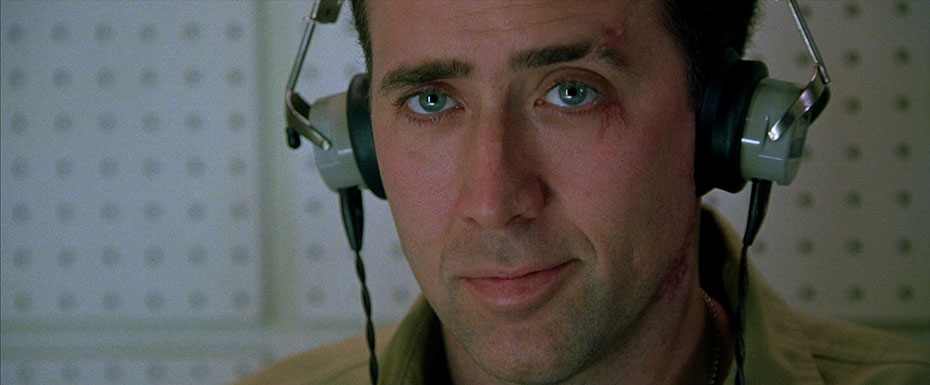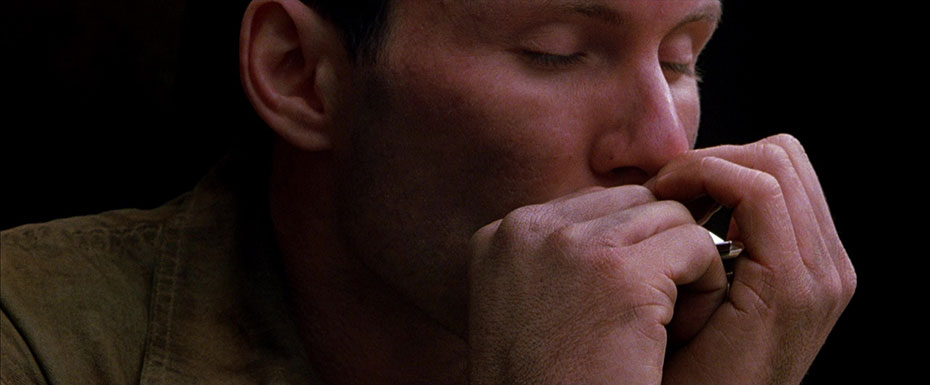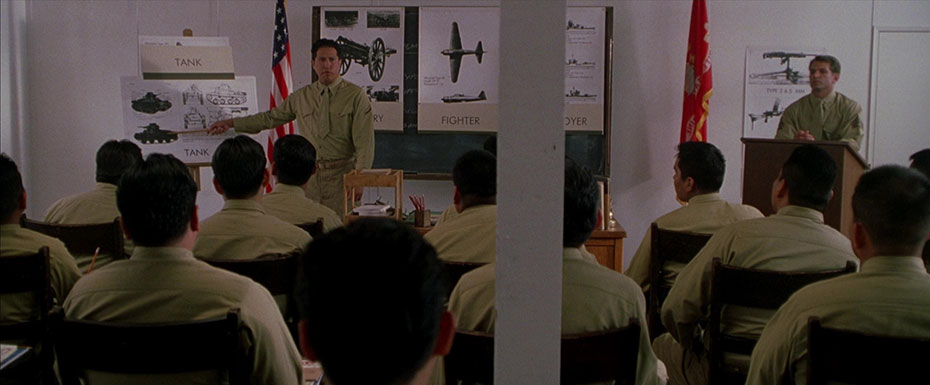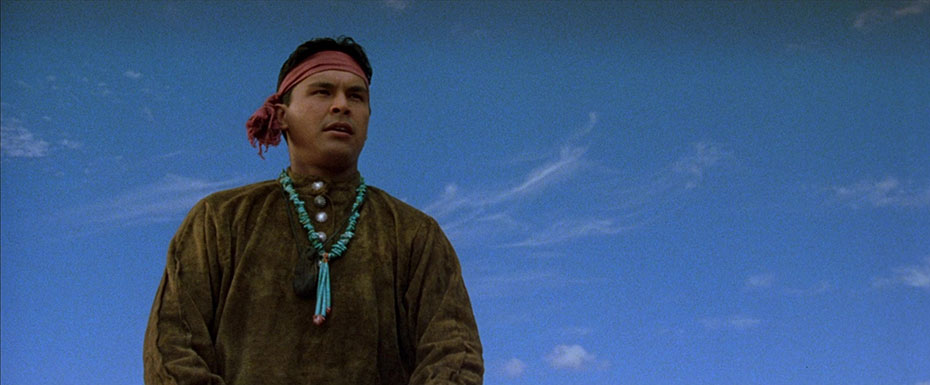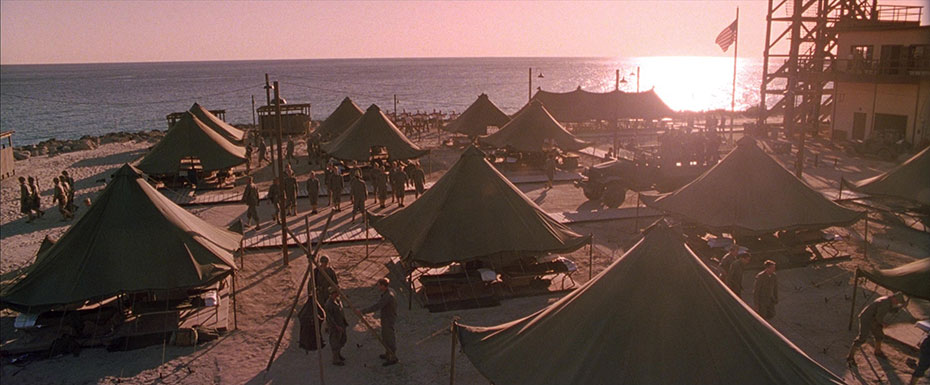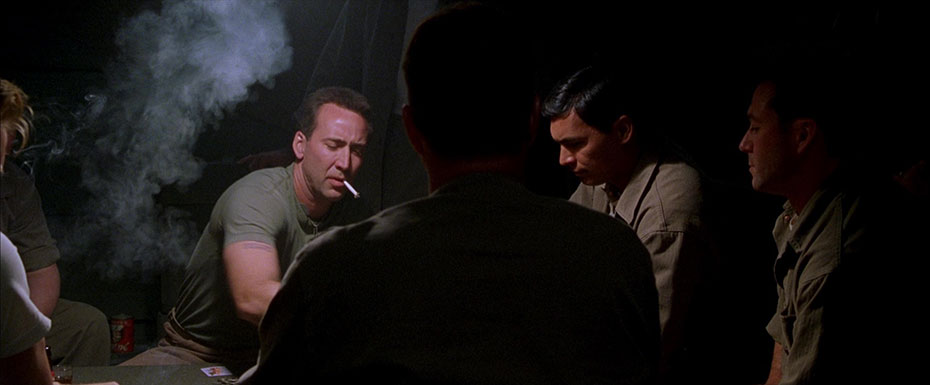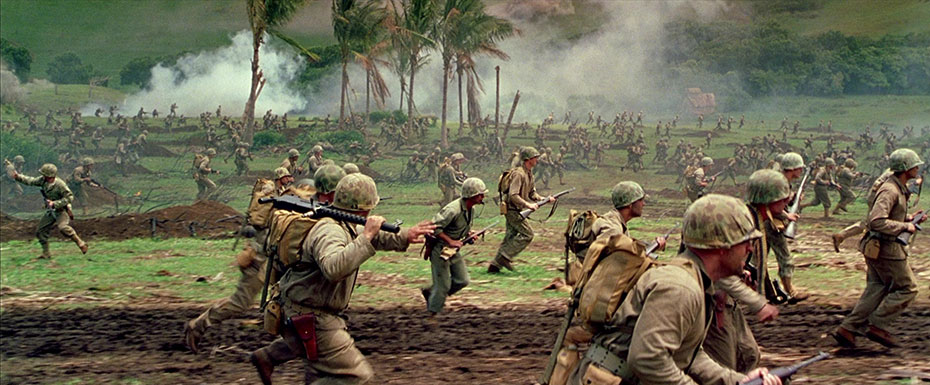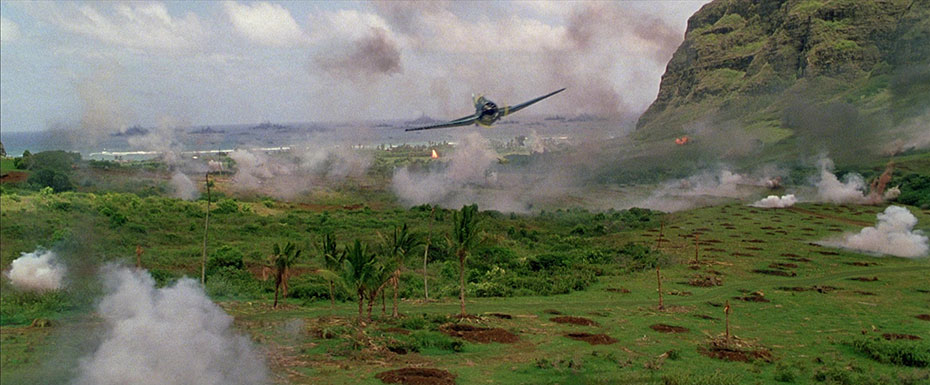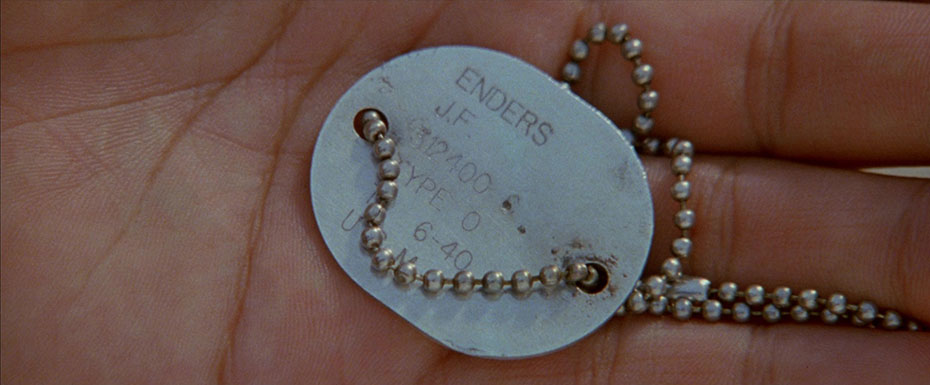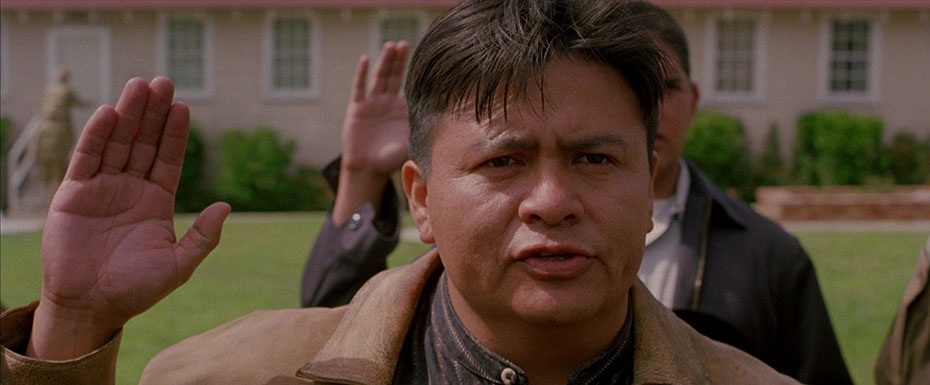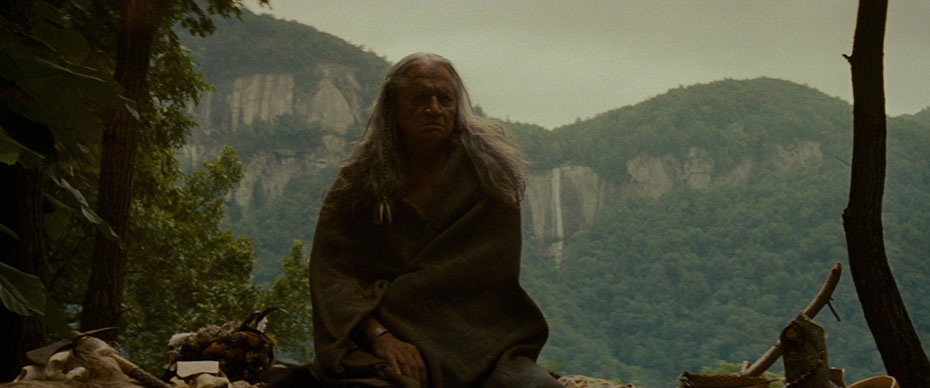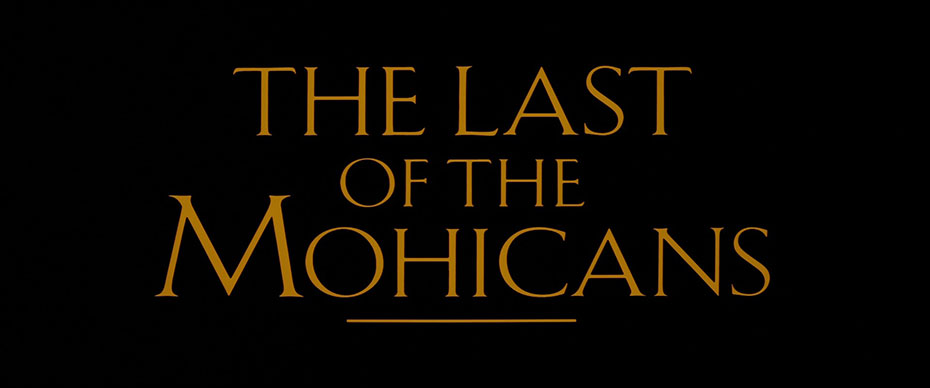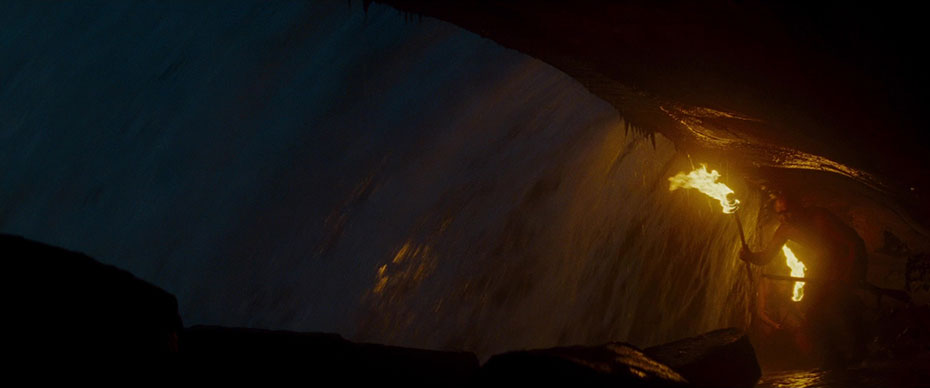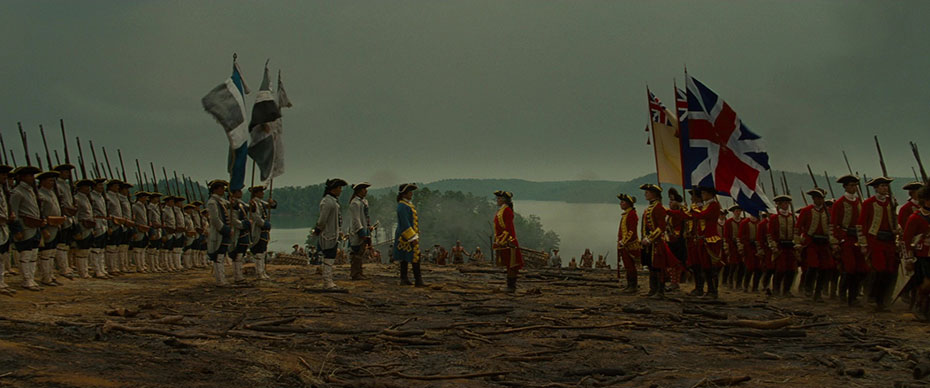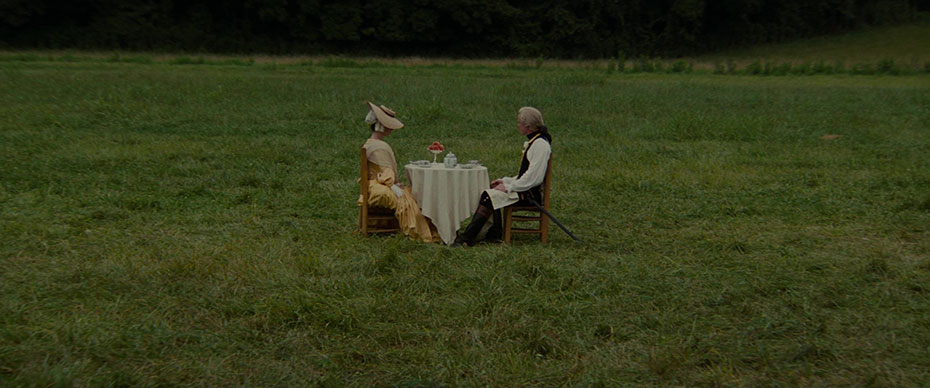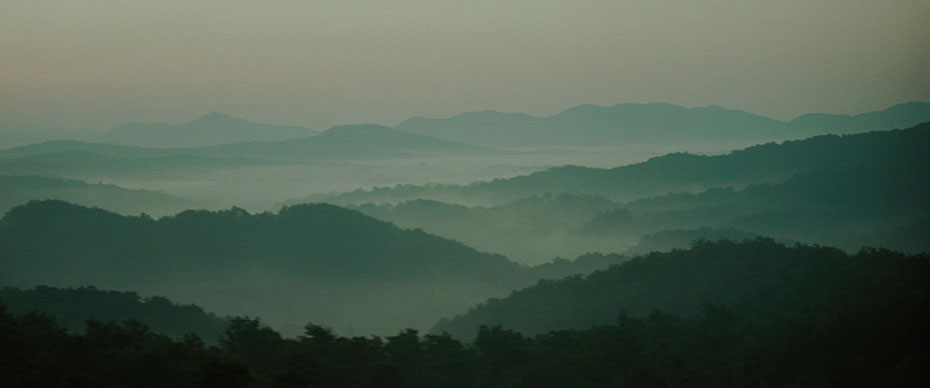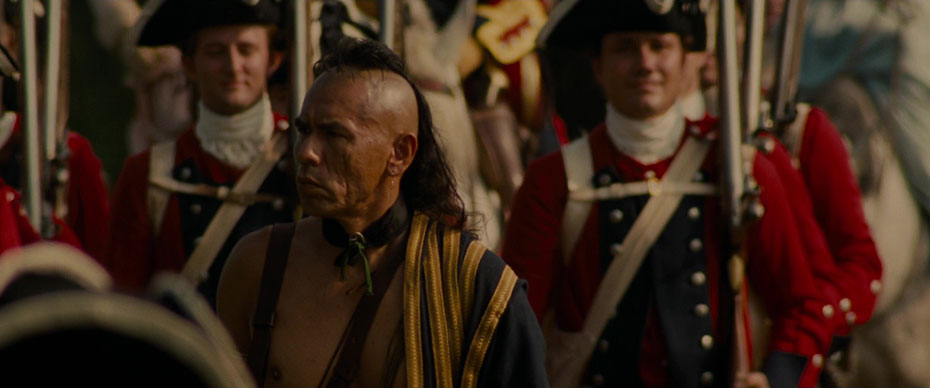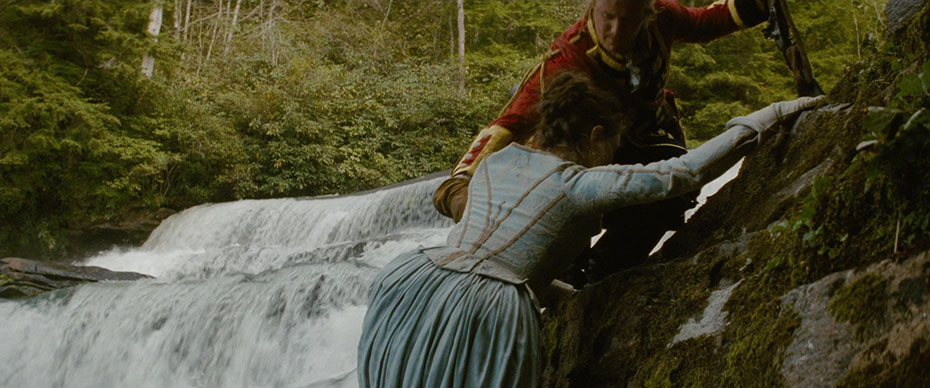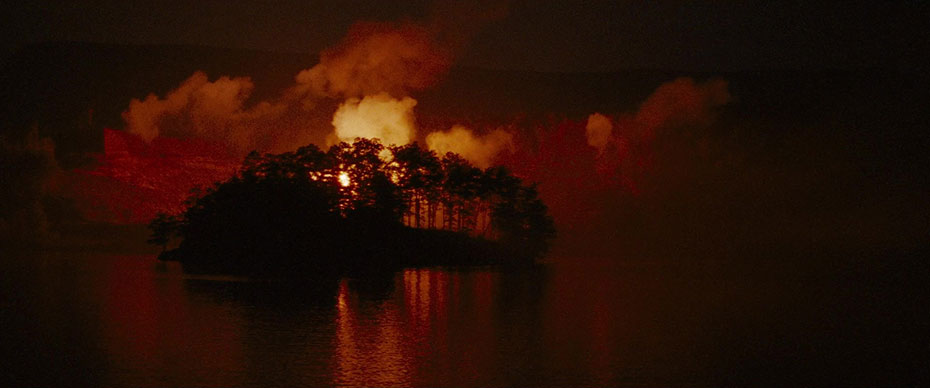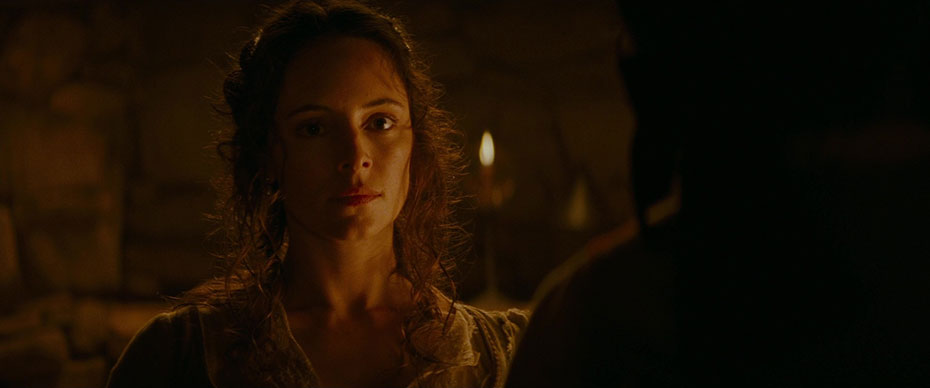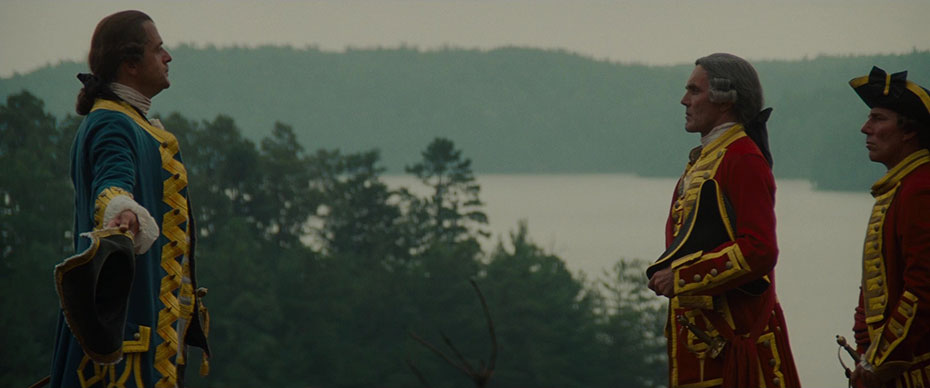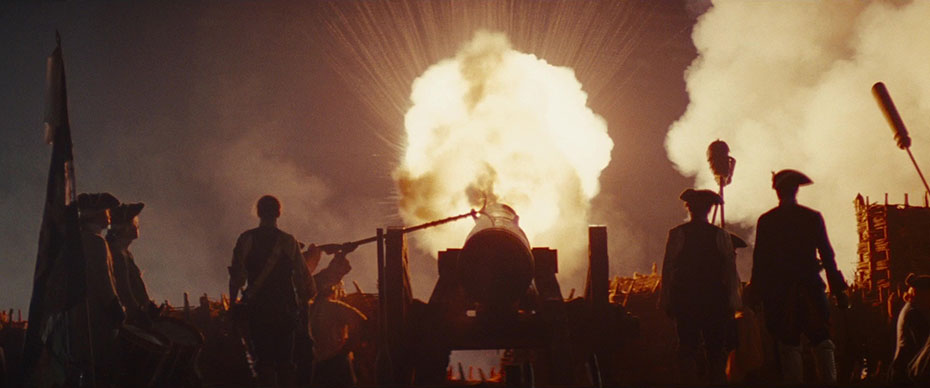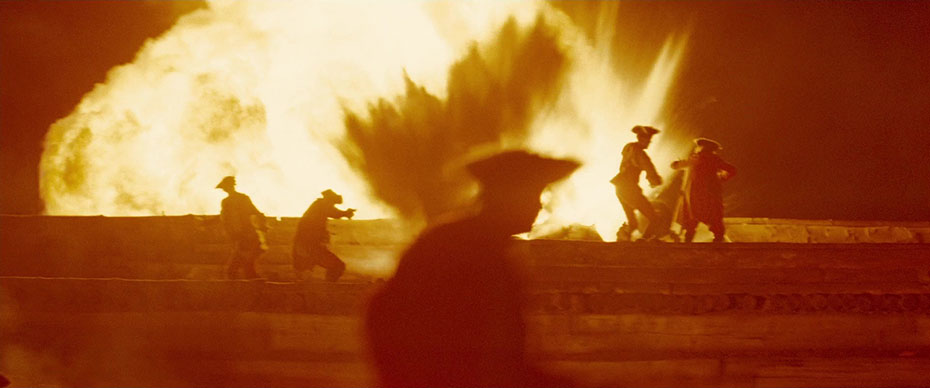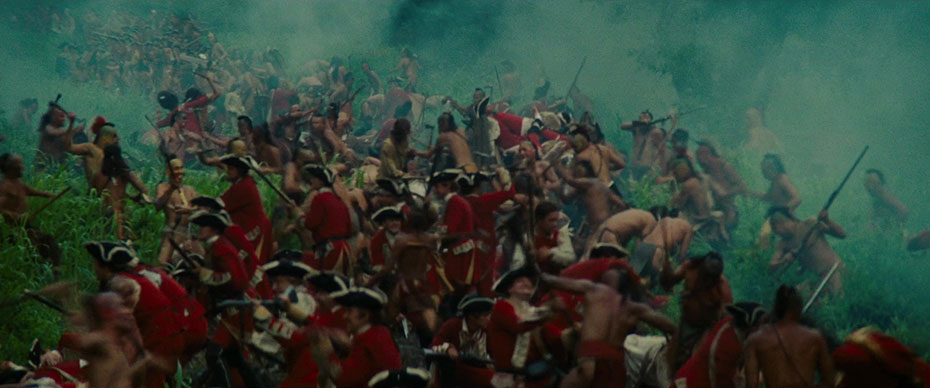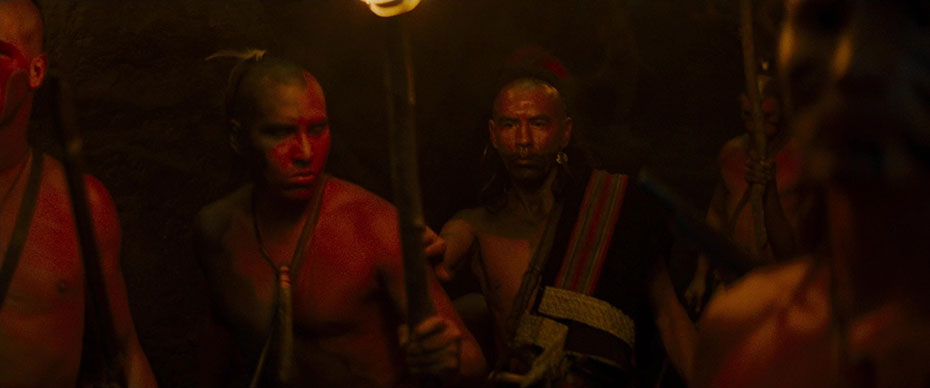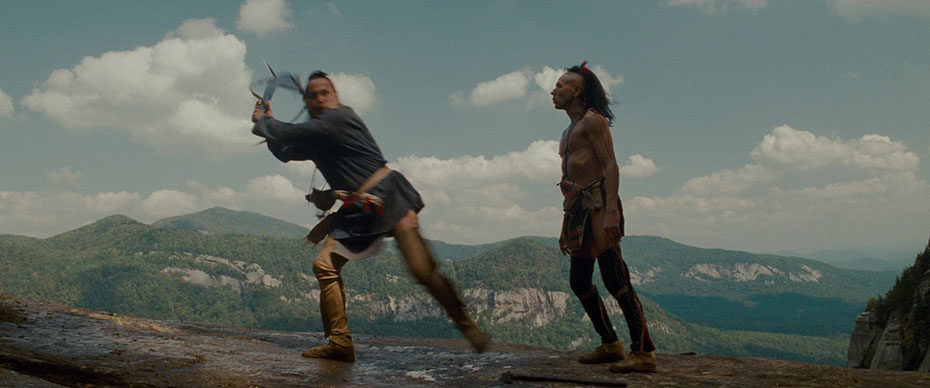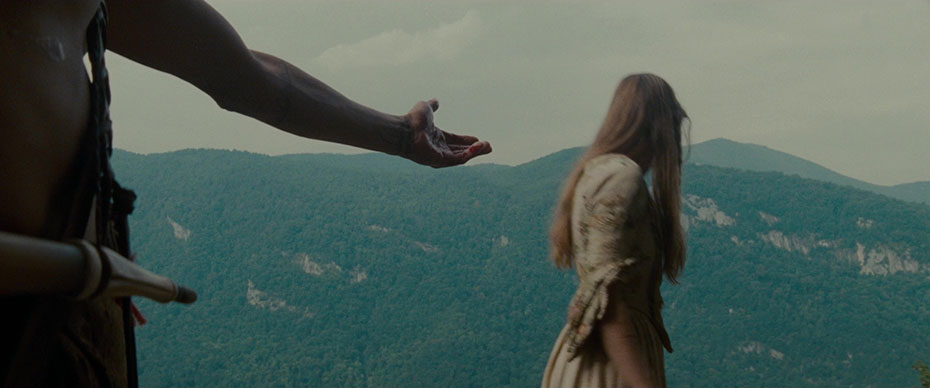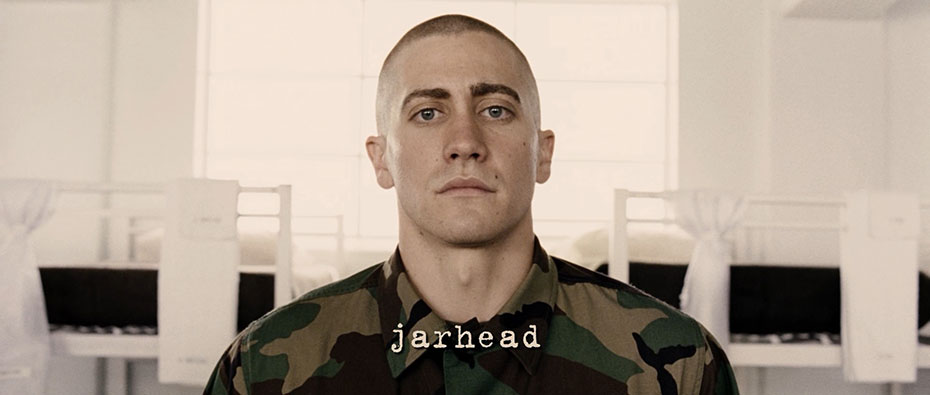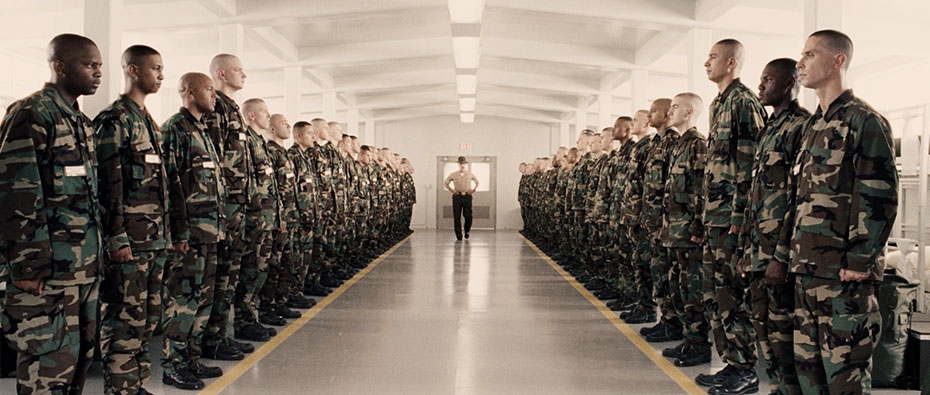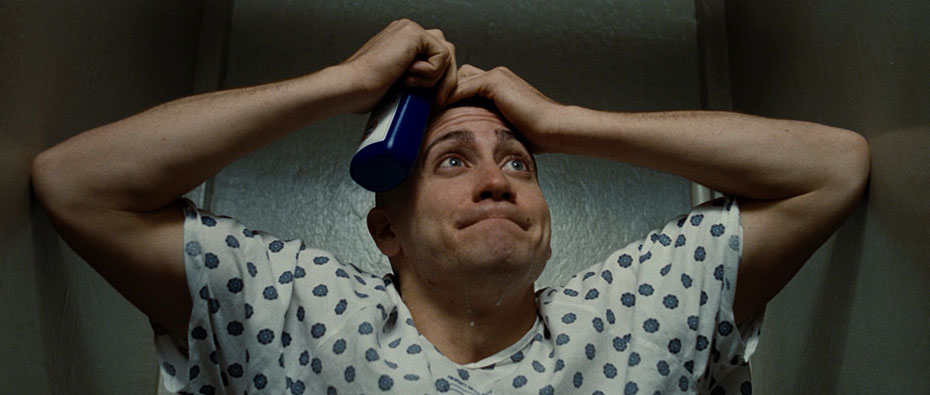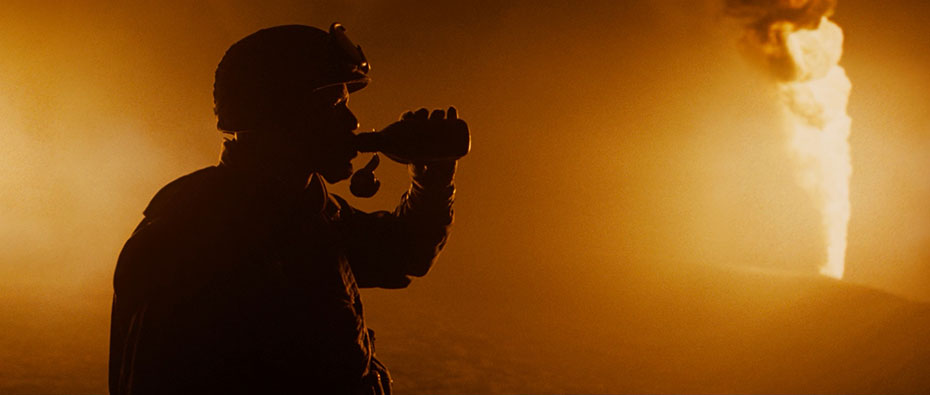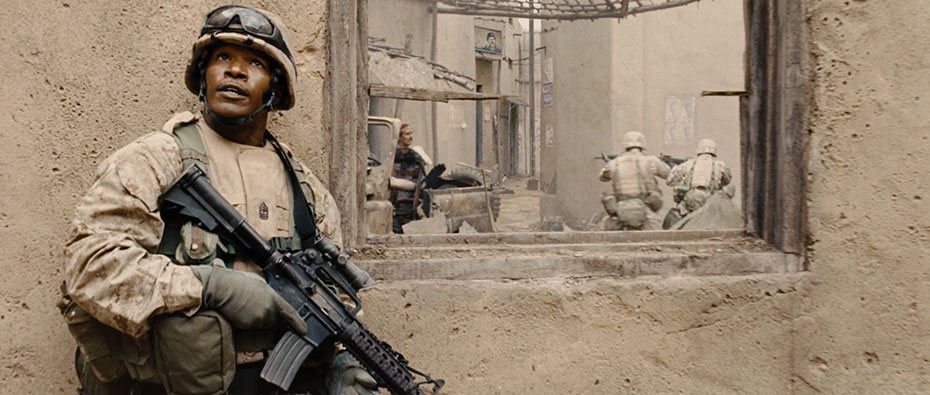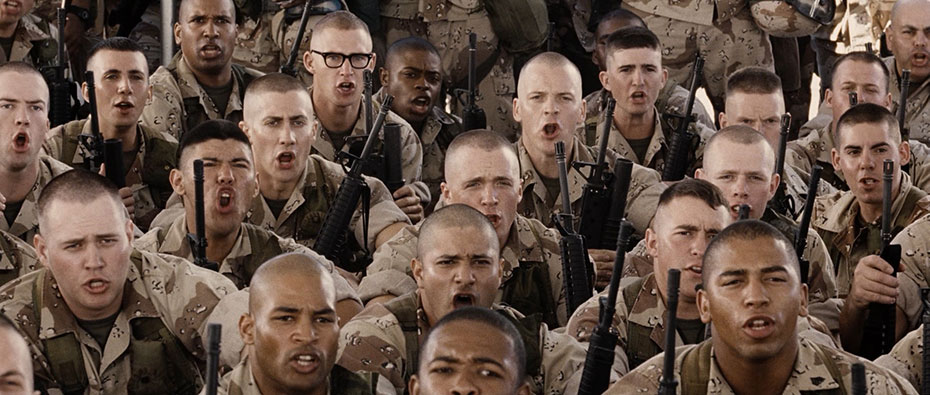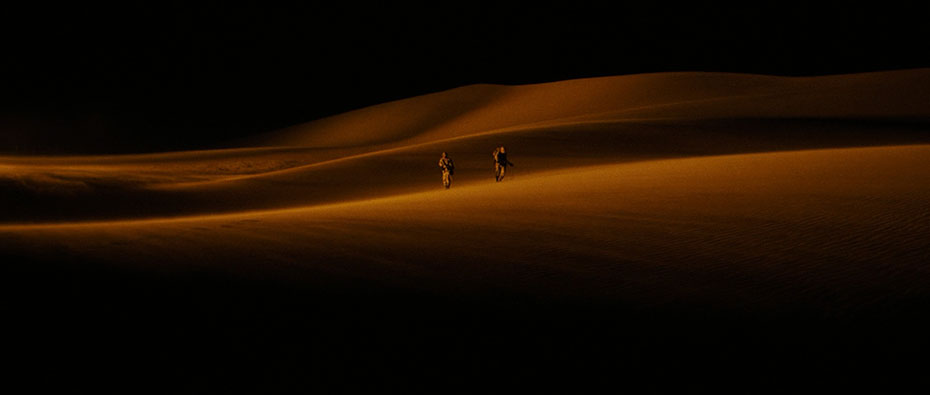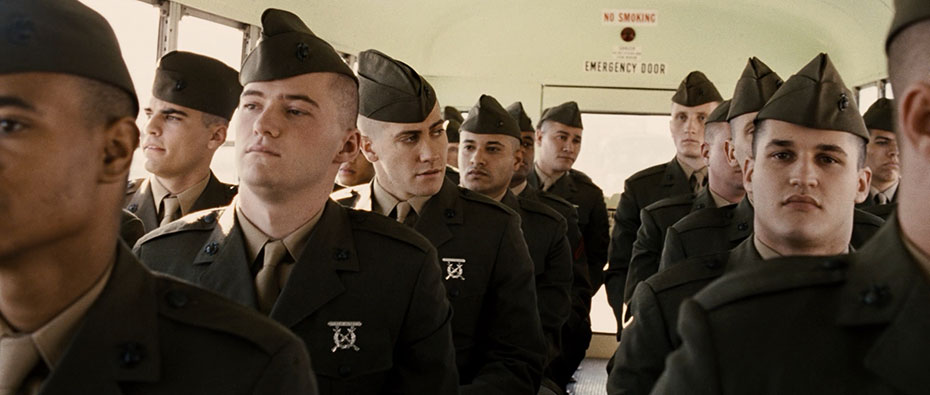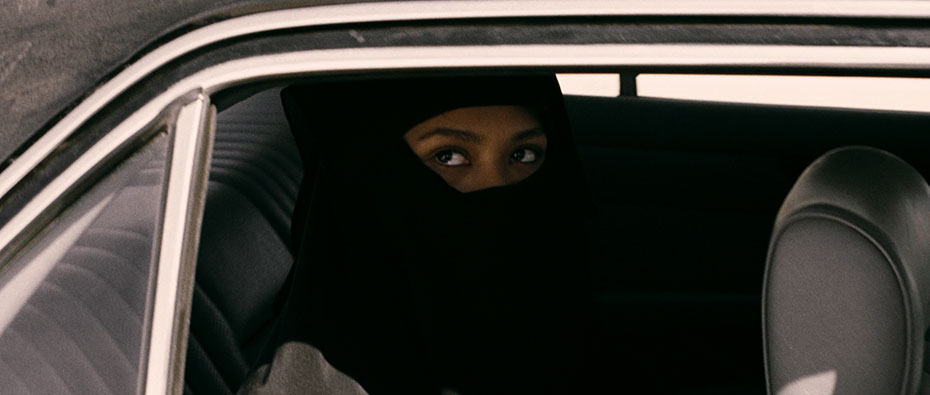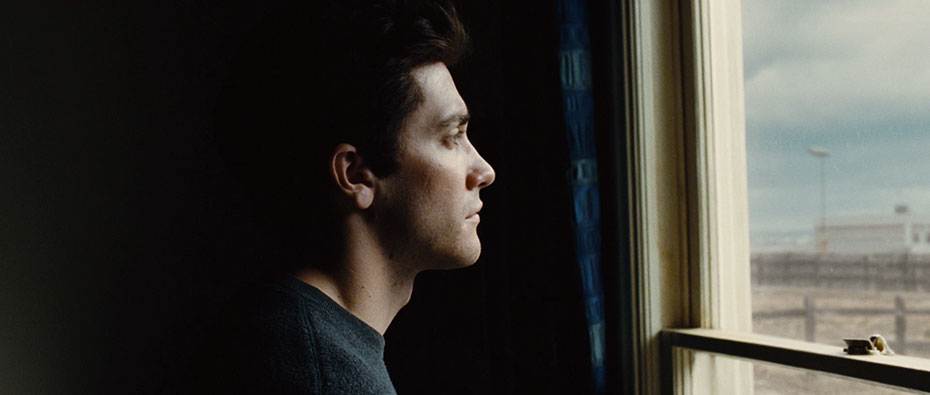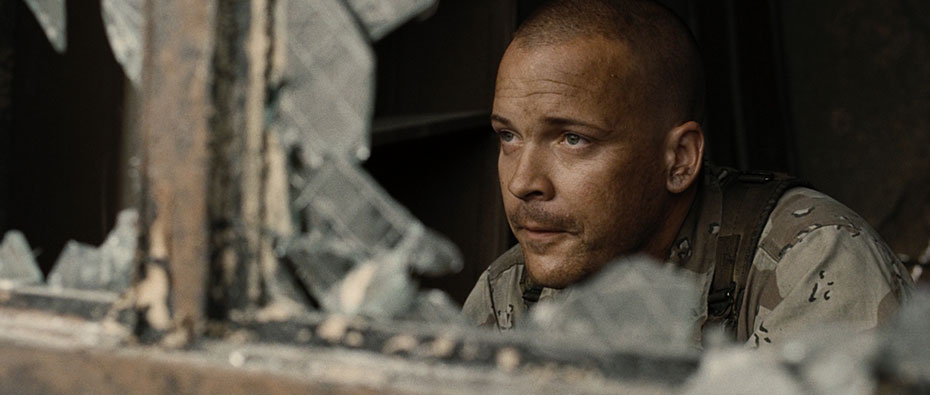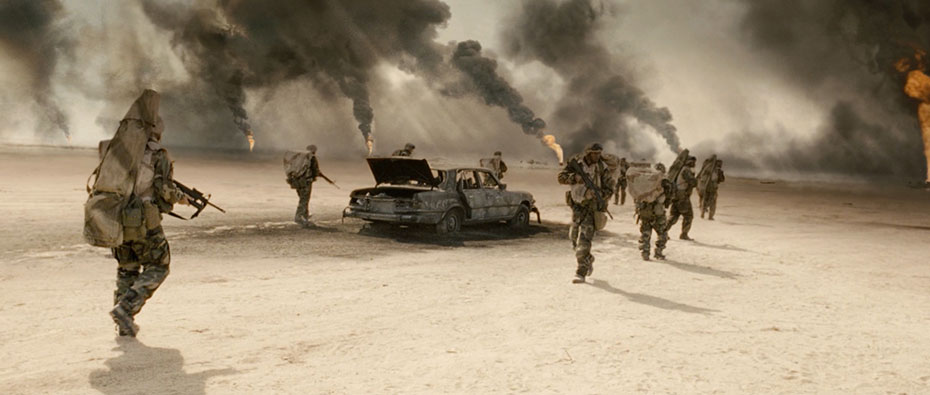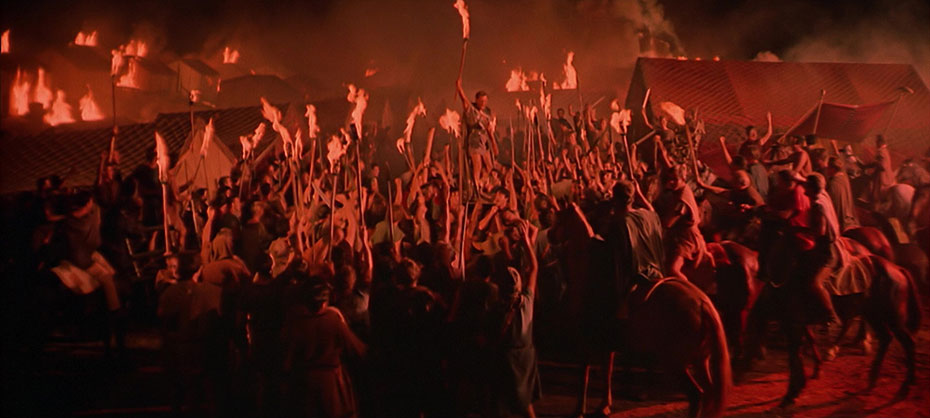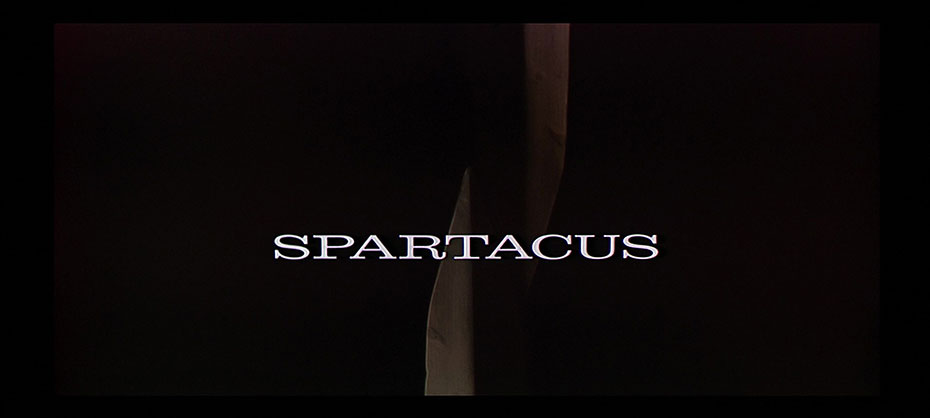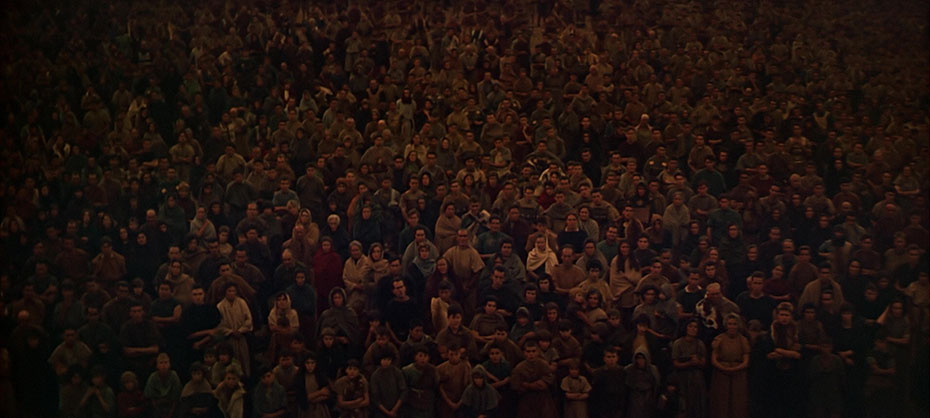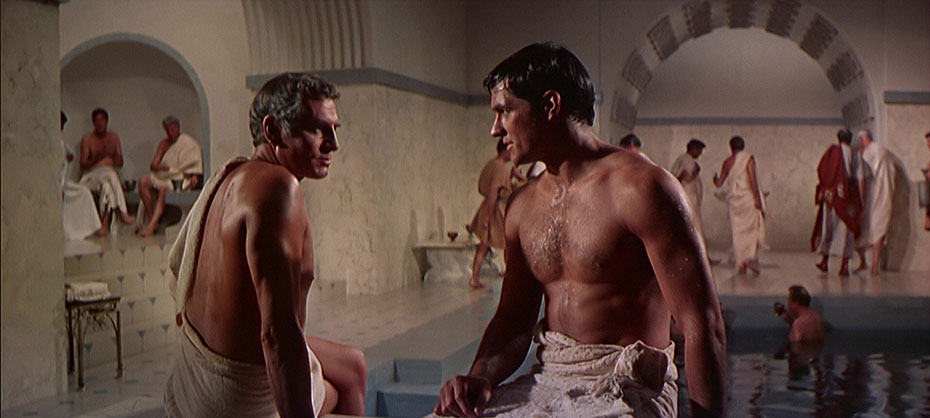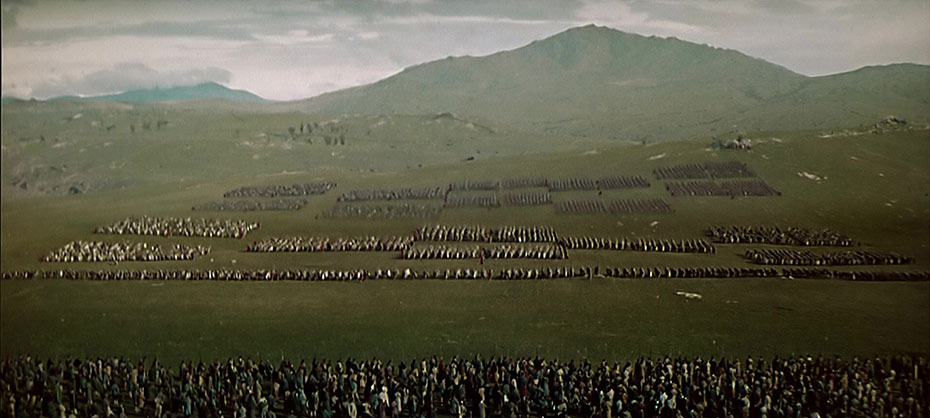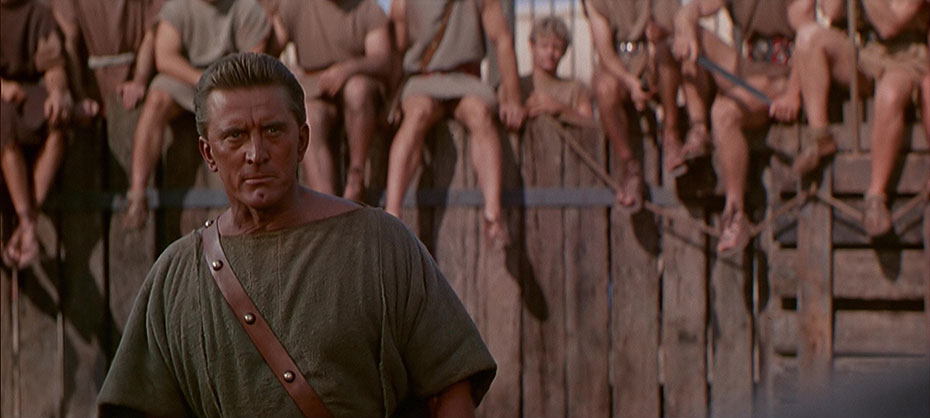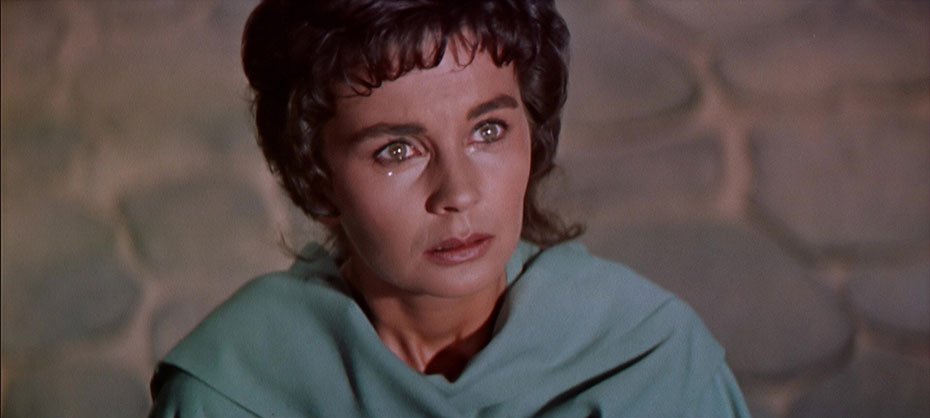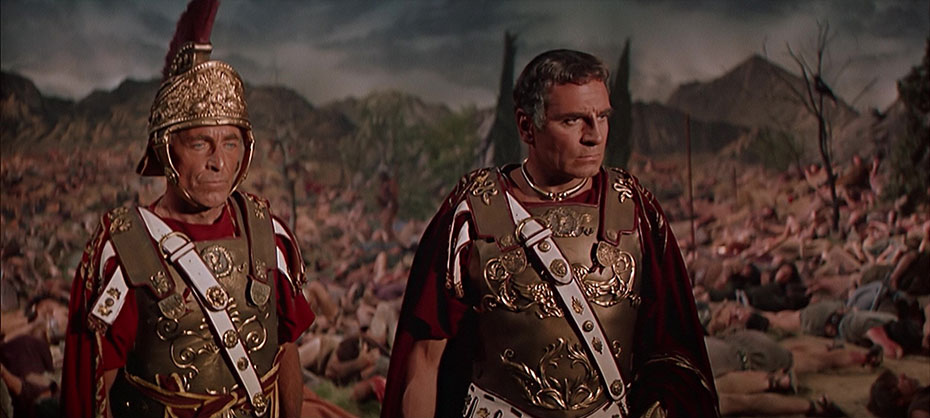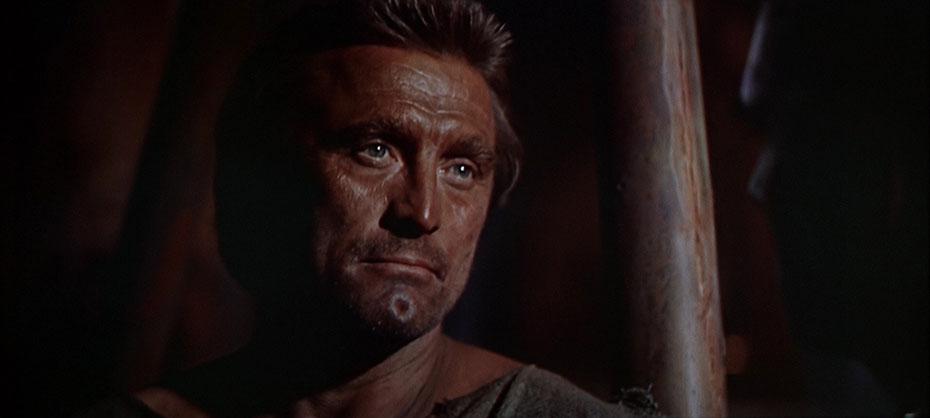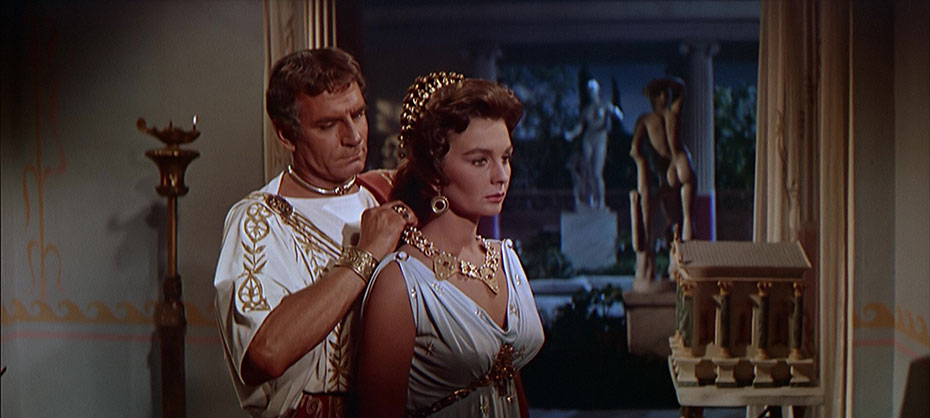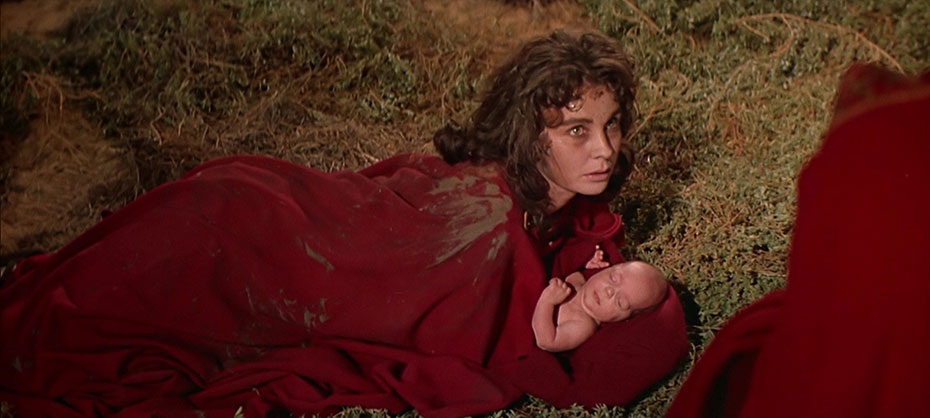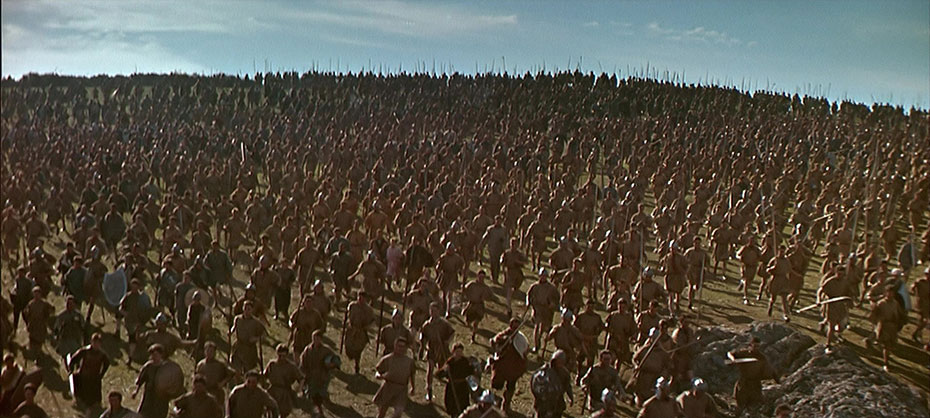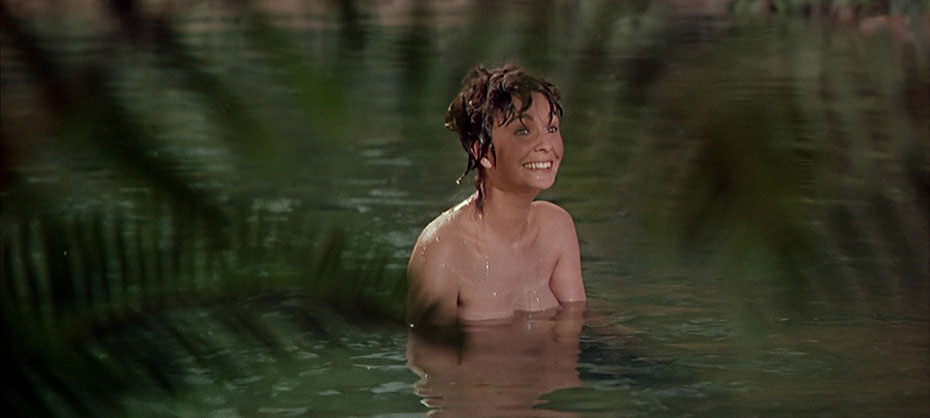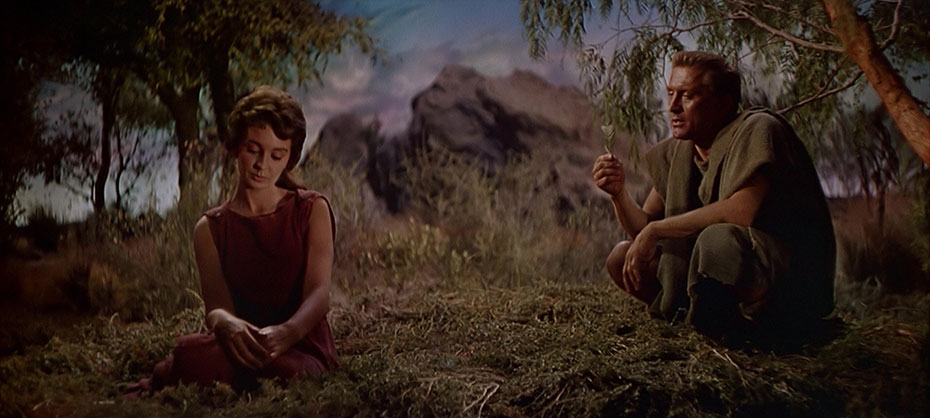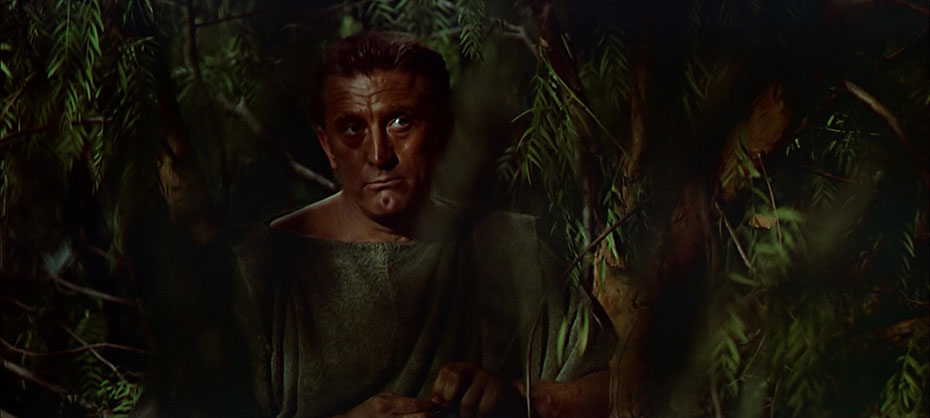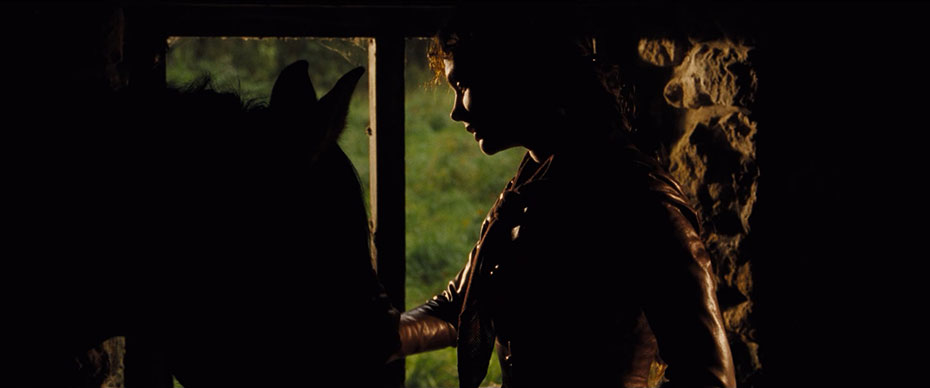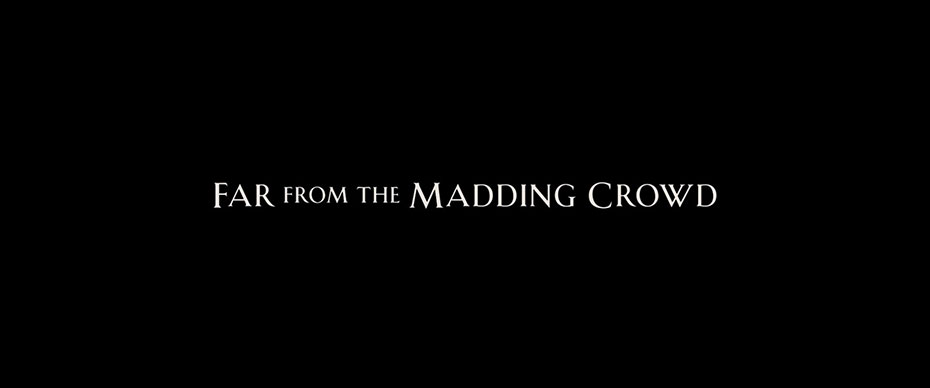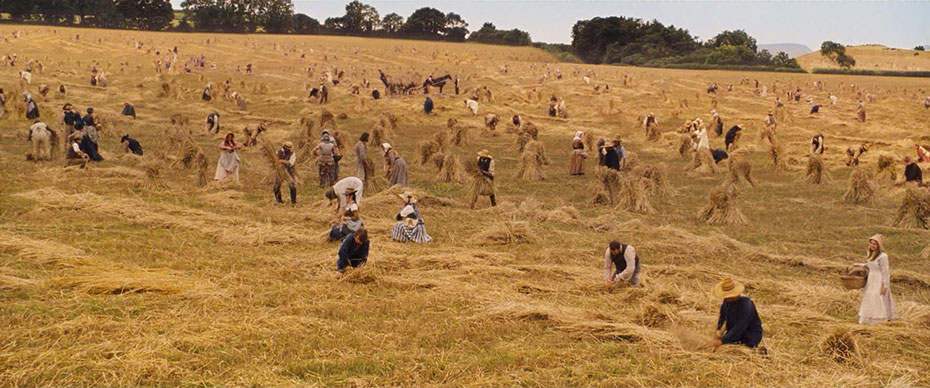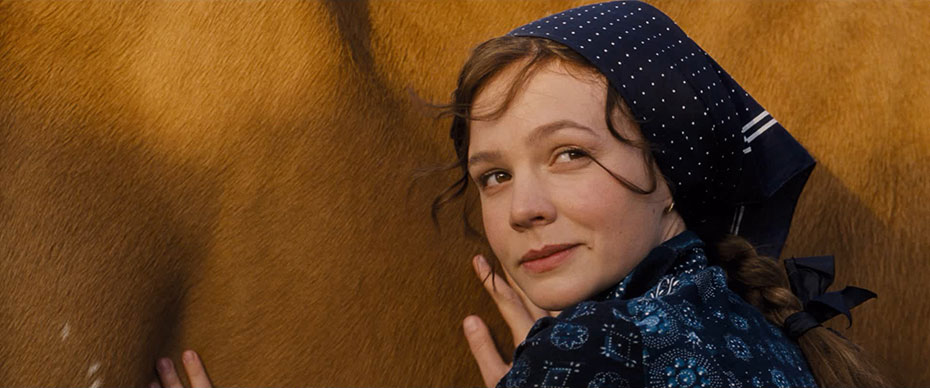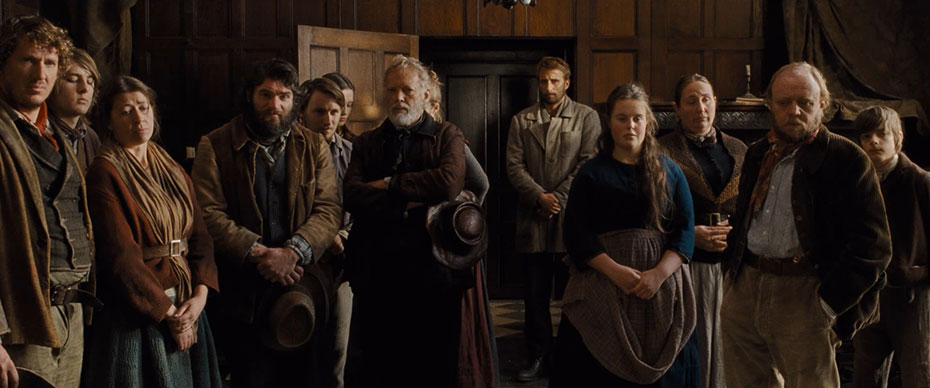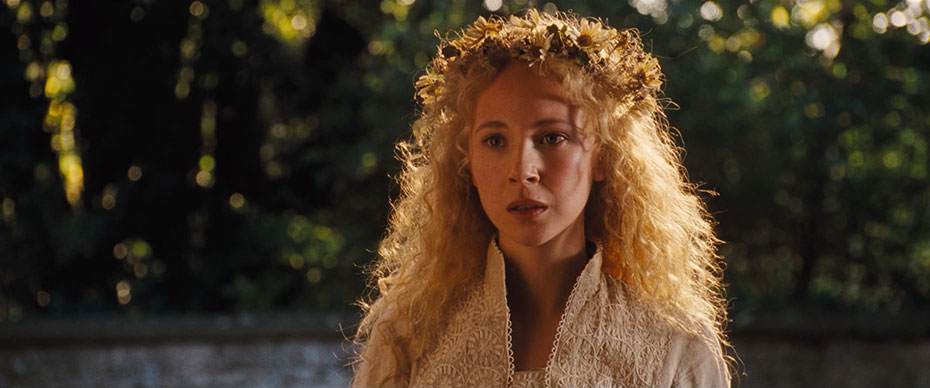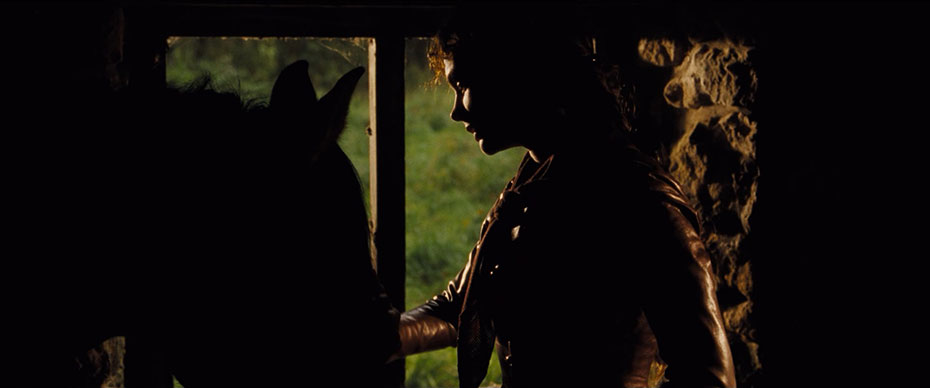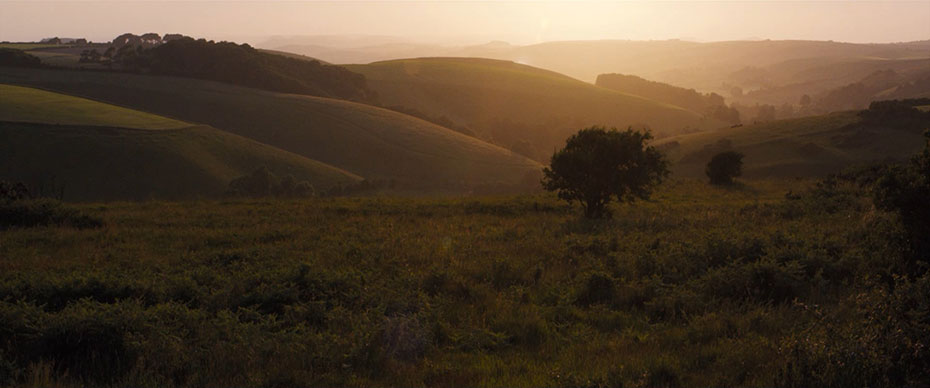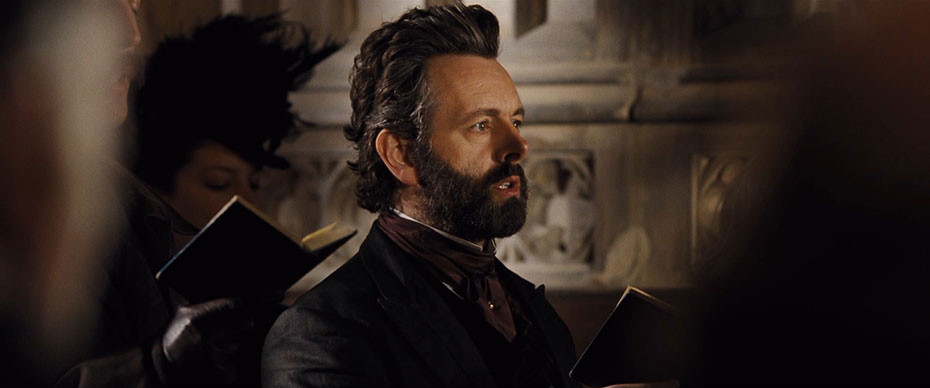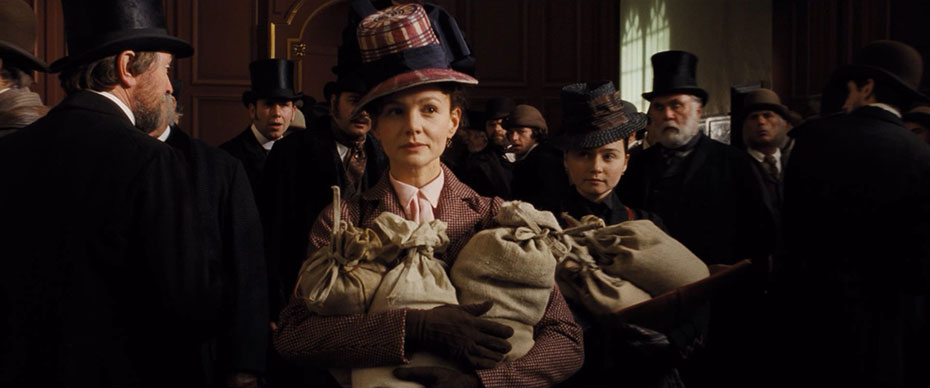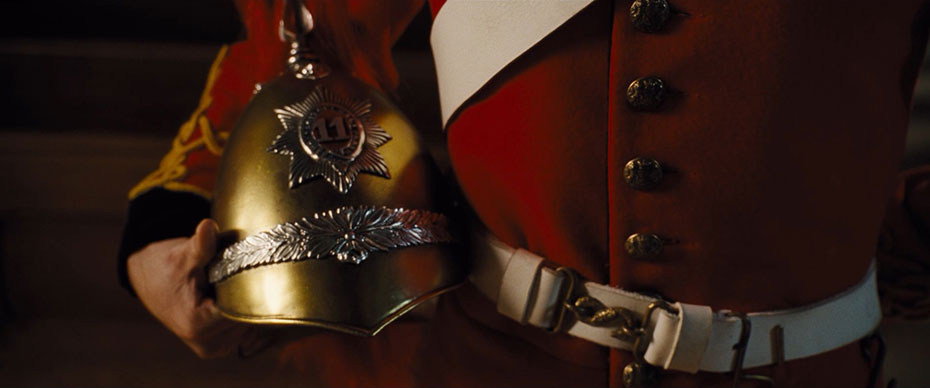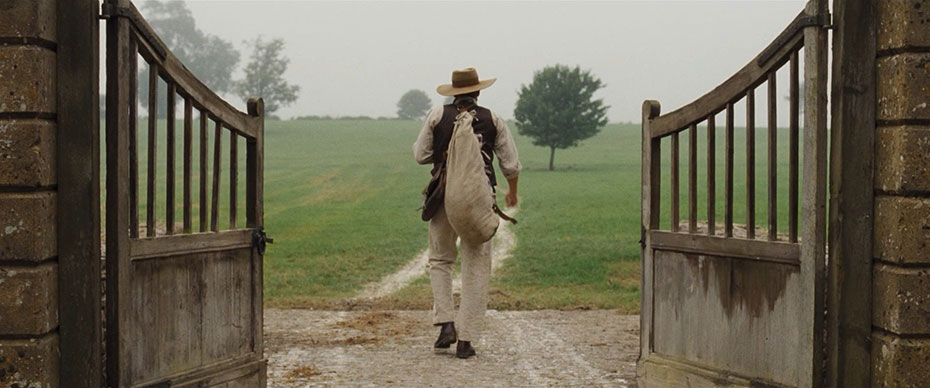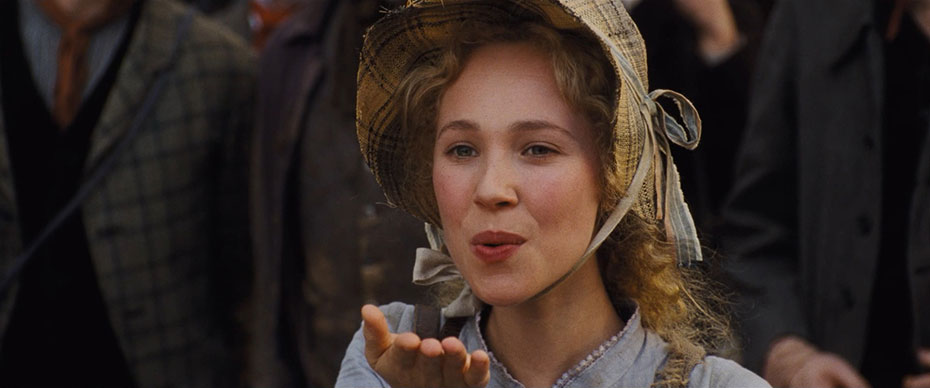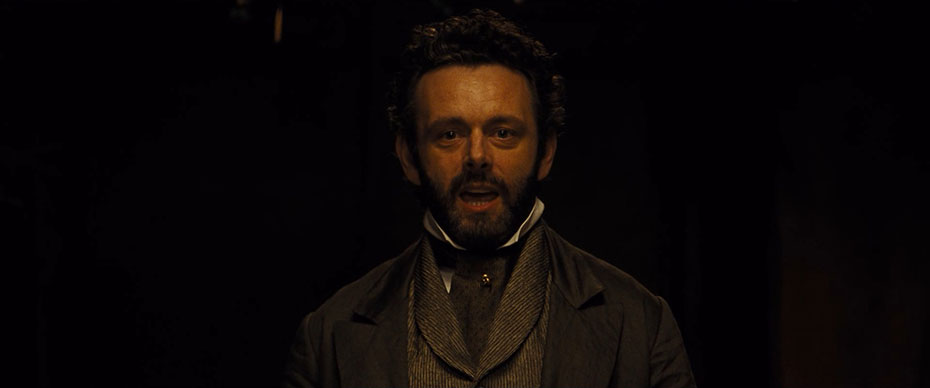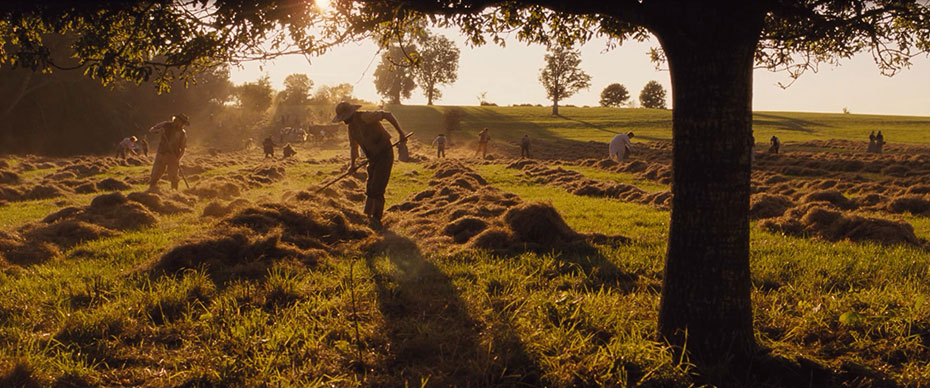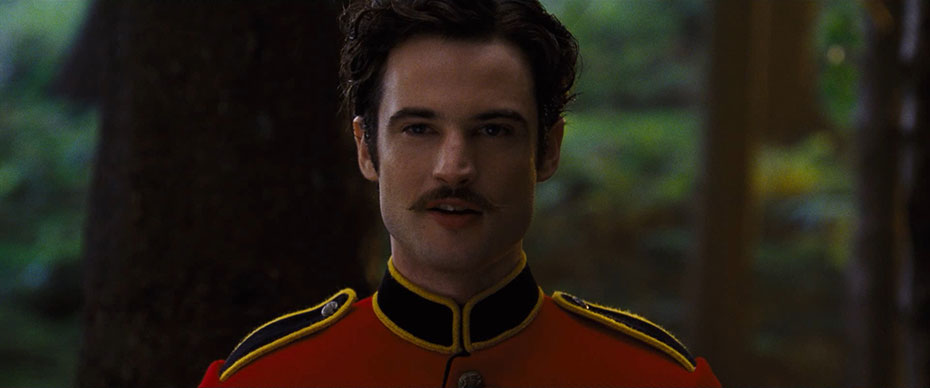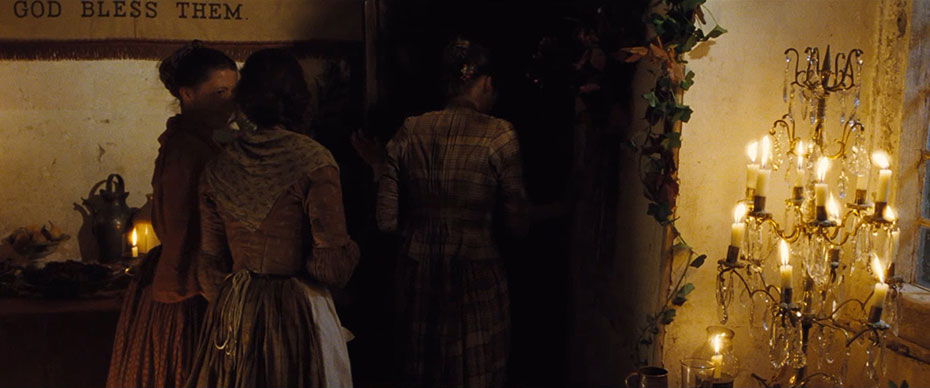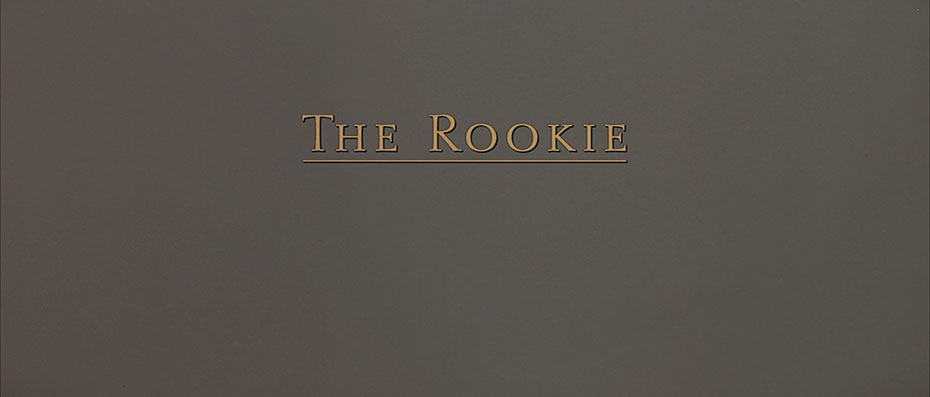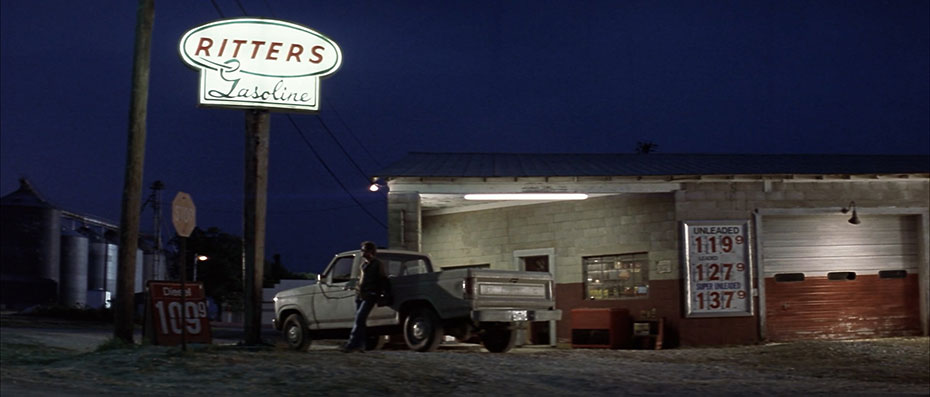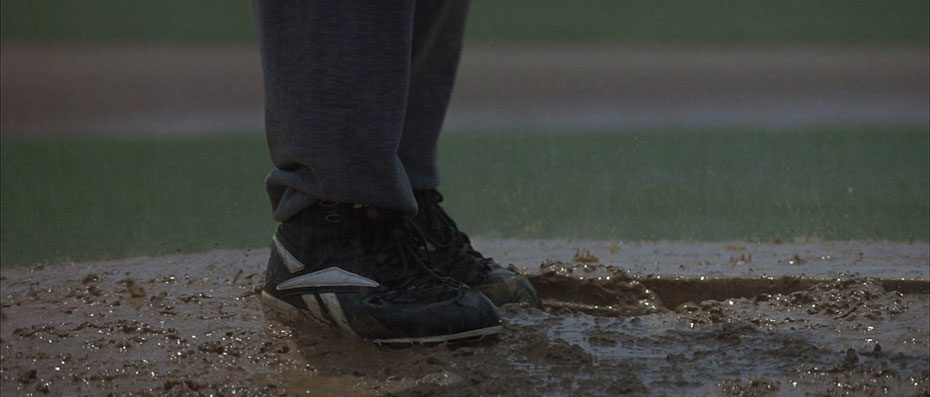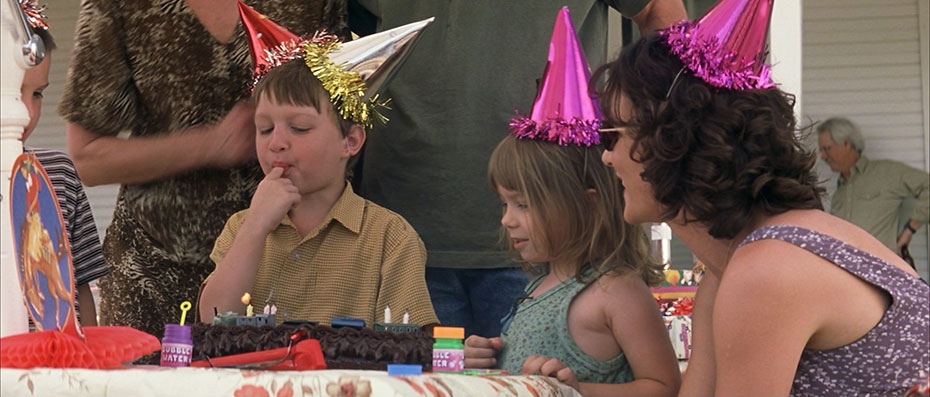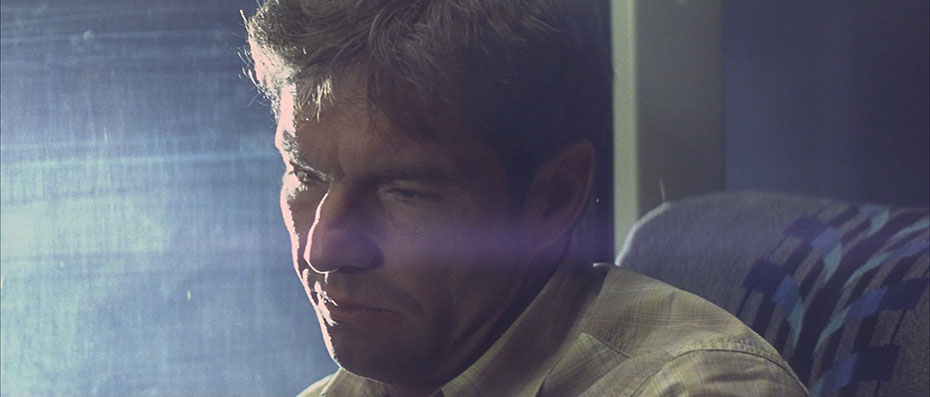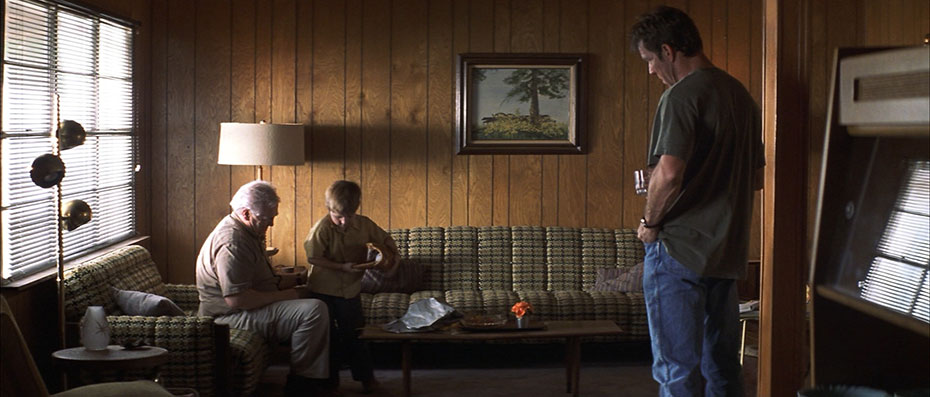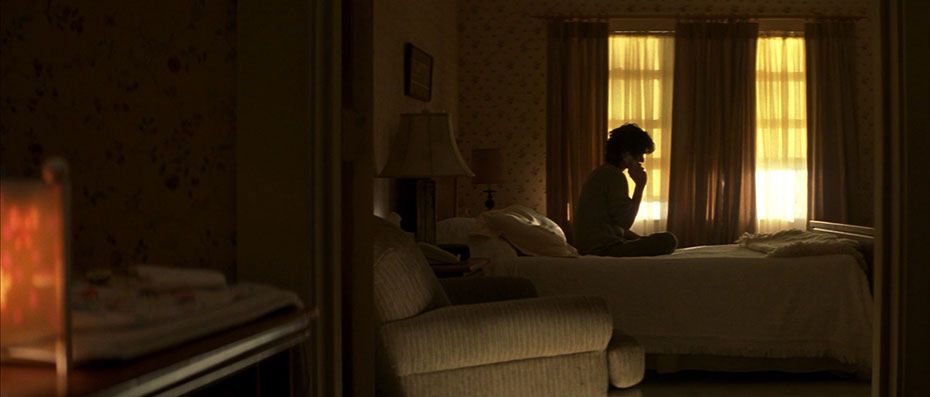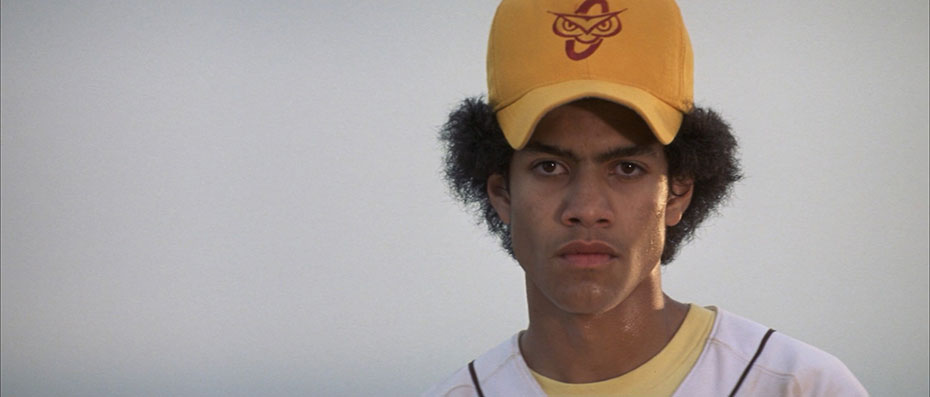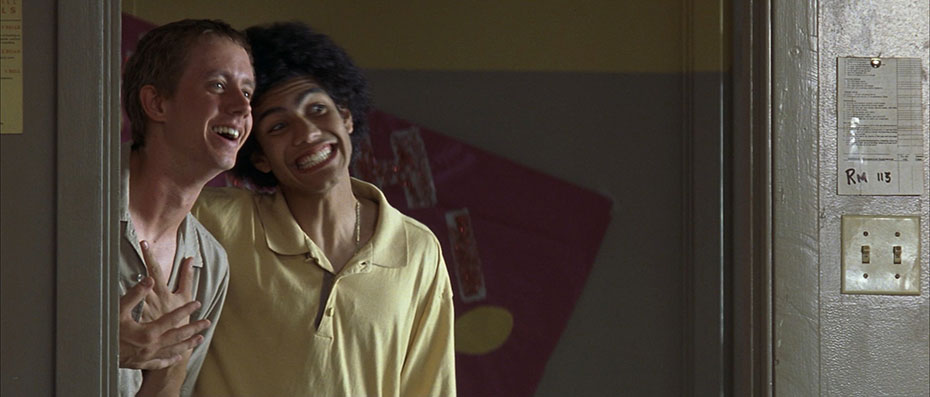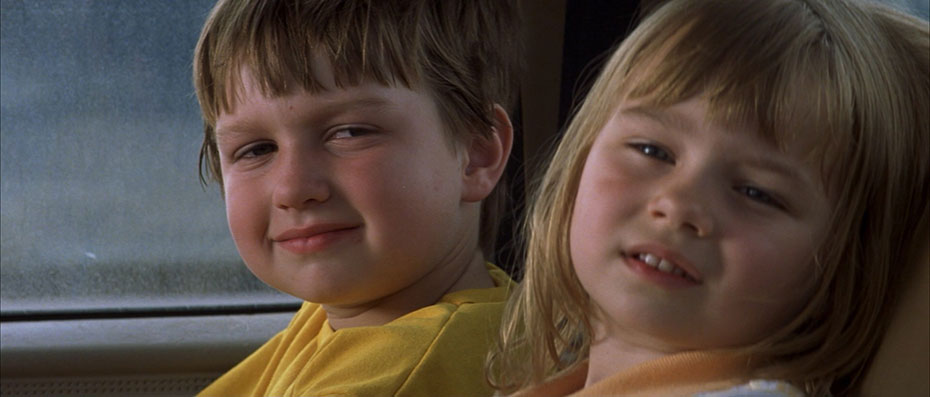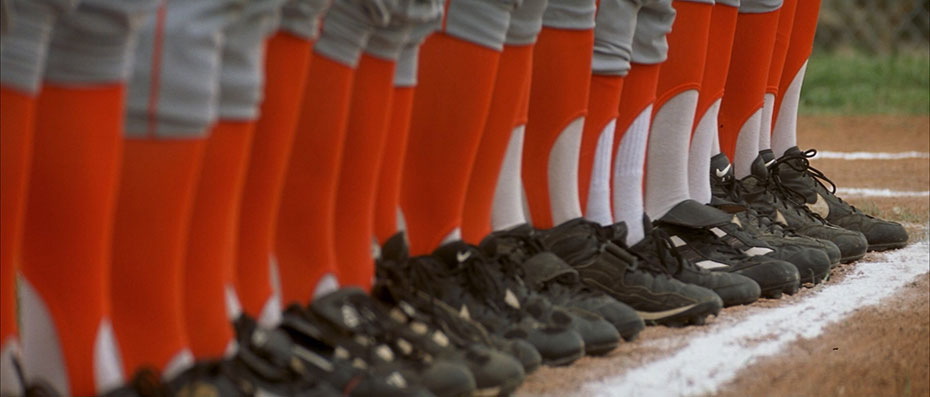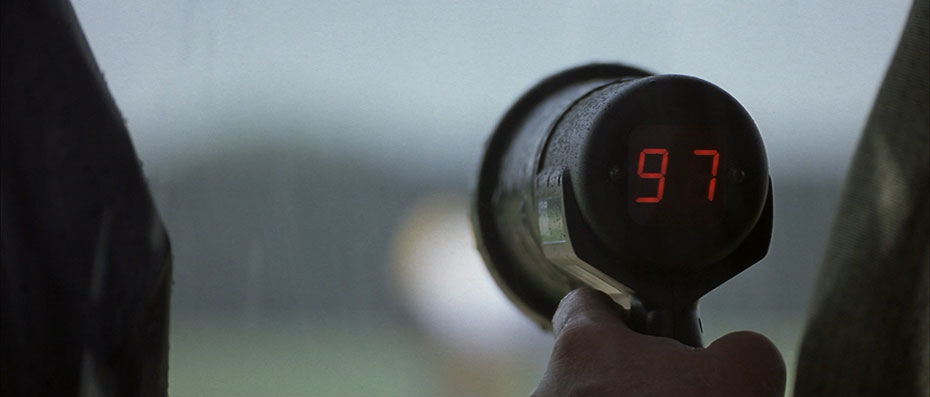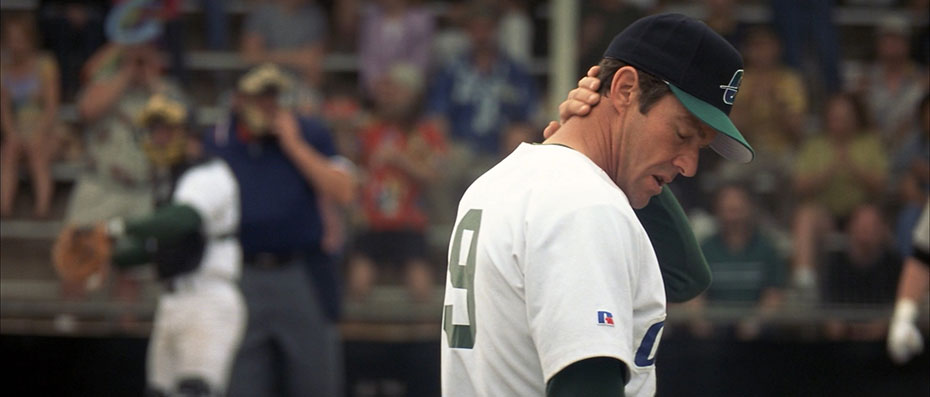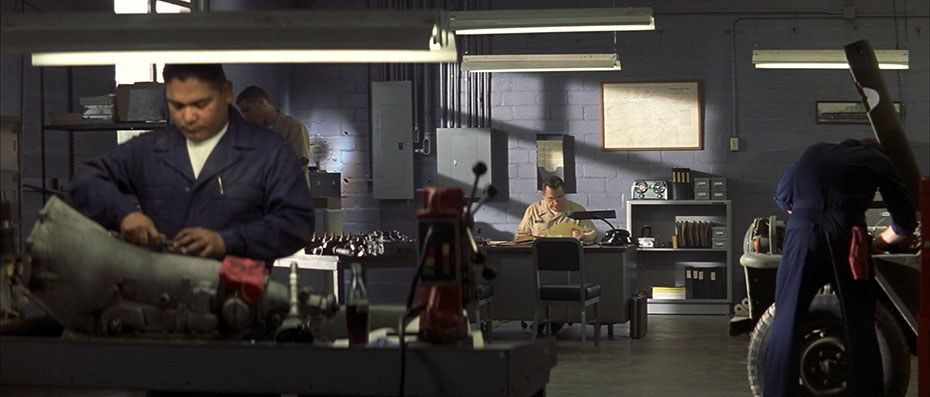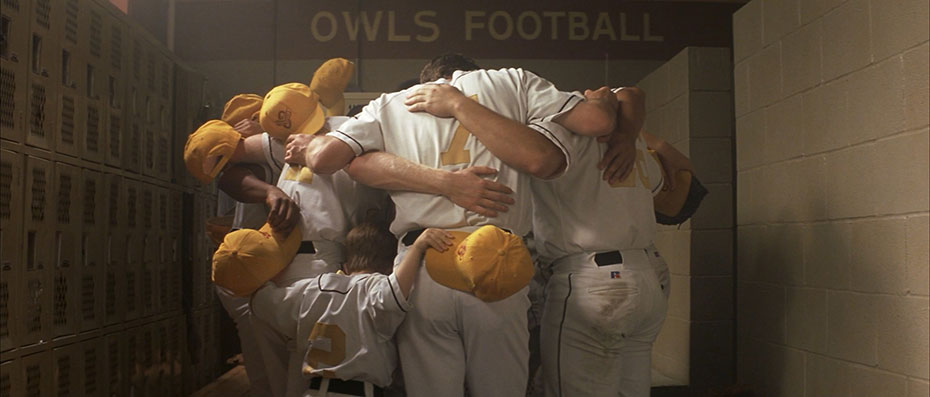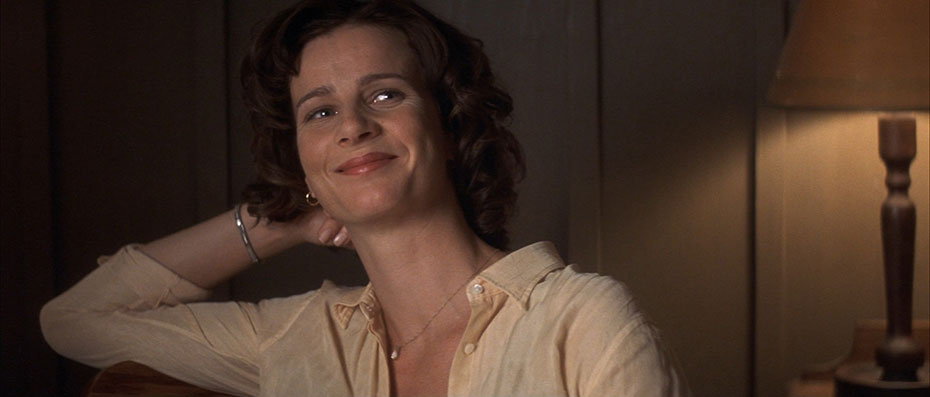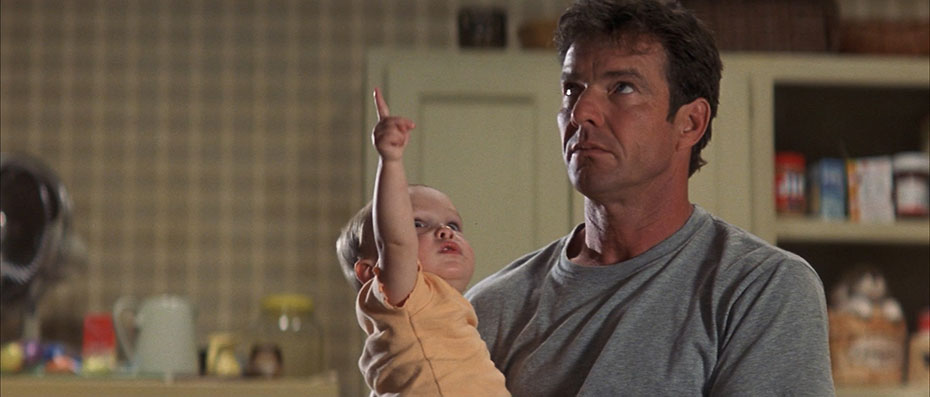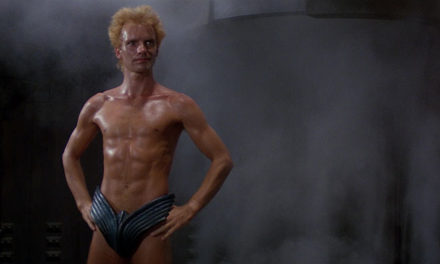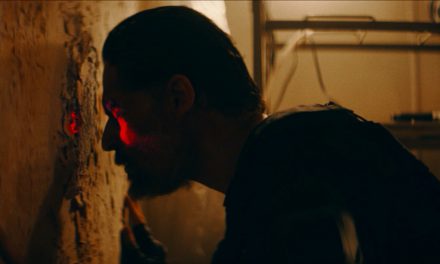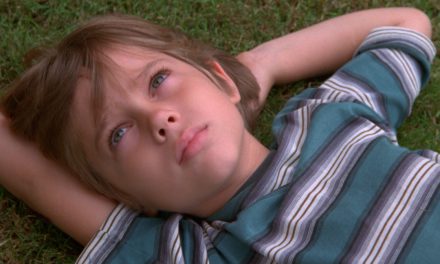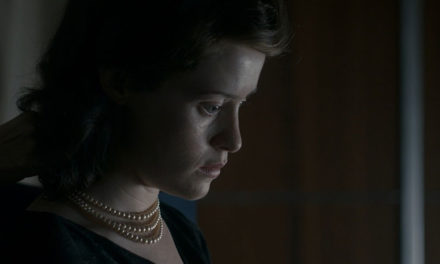THE TUESDAY DROP – 10/12
10.12.21 / New Shots
JACKIE BROWN (1997)
JACKIE BROWN is the third film of writer and director Quentin Tarantino and the only film of his adapted from outside source material – the 1992 Elmore Leonard novel Rum Punch. The film revitalized the careers of Pam Grier and Robert Forster including an Oscar nomination for Forster and Golden Globe nominations for Grier and Samuel L Jackson. The film is both stylistically and narratively an homage to the Blaxploitation classics of the 1970s, including those that Grier starred in herself. Cinematographer Guillermo Navarro spoke to American Cinematographer regarding his difficulties in finding a shooting style that suited the film: “This entire film takes place at locations everyone has a visual relationship to such as a mall and an airport. There’s no interpretation that can cross the everyday vision of these places, so I had to take a very realistic approach. But being on location can be very difficult, because you don’t have any of the benefits you’d have on a soundstage, where you can make lighting and production design decisions you’re just stuck with the space. Since the story is very dialogue-driven, it became complicated to execute some of the shots [in a visually interesting way].” In practice, however, it is clear that Tarantino and Navarro were able to strike the perfect balance of heightened aesthetics and realism that remained true to both the gritty almost documentary feel of the films that inspired Jackie Brown, while still delivering a polished contemporary Hollywood movie.
ANOTHER ROUND (2020)
ANOTHER ROUND is a Danish dark comedy film about a group of professors who drink throughout the day to reach %0.05 BAC as a philosophy experiment. The film was written and directed by Thomas Vinterberg and starred Mads Mikkelsen in the lead role. Vinterberg would go on to be nominated for Best Director at the Academy Awards and the film took home the aware for Best International Feature Film. Vinterberg and cinematographer Sturla Brandth Grøvlen utilized vintage Canon K35 lenses in an effort to counter the digital look of the Alexa and provide a subtle impressionistic feel to certain moments. The K35’s are prized for their distinctive visual prosperities, but are notoriously difficult to keep in focus, especially during roving handheld shots, due to their compressed focus scale not originally intended for cinematic use. However on a film where the characters’ are constantly inebriated, this sort of looser approach to camera focus becomes a visual element of their subjective experience and an asset to the filmmakers instead of a drawback.
DESTROYER (2018)
DESTROYER is a crime drama directed by Karyn Kusama and starring Nicole Kidman who would go on to be nominated for a Golden Globe for her performance in the film. Kusama and cinematographer Julie Kirkwood were both deeply inspired by the paranoid American thrillers of the 1970s, such as Klute, The Parallax View, and The Conversation and sought to bring that sort of energy to this story. The film was shot completely on location and largely in harsh daylight, providing Kirkwood with the challenge of finding a balance of shadows to highlights that retained visual information in both but was still contrasty enough to embrace the noir feel of the film. The work of photographers Hannah Starkey and Andrew Bush served as a key reference in this regard, helping Kusama and Kirkwood find a visual approach that was naturalistic, almost candid, while still maintaining a distinct air of mystery and dread.
HOSTILES (2017)
HOSTILES is an American Western written and directed by Scott Cooper and shot by frequent collaborator Masanobu Takayanagi, who had worked with Cooper on both Black Mass and Out of the Furnace prior to this film. Given that the film takes place in the 1880’s, Cooper and Takayanagi chose to use photography from that time period as their primary visual influence, rather than cinema, drawing inspiration largely from the work of Edward Curtis. In line with this, they chose to shoot the film anamorphic choosing to embrace the often imperfect, impressionistic optics of the lenses to further capture the visual feel of the photography from this era.
WINDTALKERS (2002)
WINDTALKERS is a World War II film directed by legendary Hong Kong filmmaker John Woo, based on the true story of the Navajo code talkers. Beautifully shot by Jeffrey L. Kimball, the film was one of the final entries of Woo’s American period and the only period piece or war film of the bunch. But in pacing and visual style, the film feels much more at home in his personal canon than in that of the typical American prestige WWII film, featuring everything from close-quarters combat sequences, operatic shootouts, an abundance of extreme closeups, and even his signature shot of a bullet’s point of view as it travels to the point of impact.
THE LAST OF THE MOHICANS (1992)
THE LAST OF THE MOHICANS is a historical drama set during the French and Indian war in 1757 and directed by Michael Mann. The film was based on James Fenimore Cooper’s novel of the same name and starred Daniel Day-Lewis in the leading role. The film was shot in the Appalachian Mountains of North Carolina due to that area being largely untouched by modern civilization and closely resembling how it might have looked at the time of the story. Speaking about the visual inspiration for the film, cinematographer Dante Spinotti recounted, “Michael’s visual references included a couple of paintings, including Thomas Cole and Alfred Bierstadt. This is very typical of Michael. He shows you a simple image and says, ‘this is the movie.’ The paintings all showed how small human beings are in the scope of nature.”
JARHEAD (2005)
JARHEAD is a war drama based on Anthony Swofford’s Gulf War memoir of the same name. The film was directed by Sam Mendes and shot by Roger Deakins – the first of five collaborations between them, including Skyfall and 1917. Mendes and Deakins agreed to use handheld camerawork almost exclusively for this film in an effort to provide the actors with the freedom to break from their rehearsed blocking and embrace spontaneous moments of performance. And while the method was somewhat of stylistic divergence for Deakins who had spent much of the last two decades working on meticulously starboarded / locked off films, like those of the Coen Brothers, it was also a chance for him to embrace his roots in documentary filmmaking. After extensive testing, Deakins also chose to apply a partial bleach bypass process to the negative, resulting in increased contrast and grain and what both he and Mendes felt was a realistic impression of the feel of the desert.
SPARTACUS (1960)
SPARTACUS is a historical drama directed by Stanley Kubrick, based on the 1951 novel about the events of the Third Servile War where Spartacus became the leader of a slave revolt. One week into shooting, the original director, Anthony Mann, was removed by lead actor Kirk Douglas and replaced by Kubrick who had worked with Douglas a few years prior of the WWI film Paths of Glory. Due to the unusual circumstances of his hiring, Spartacus was the only film Kubrick directed in which he was not given complete creative control over the end product. Kubrick, an experienced photographer in his own right, frequently clashed with cinematographer Russell Metty, who was a seasoned veteran of the craft by that point, having shot more than 50 features including Touch of Evil, Bringing Up Baby, and the technicolor melodramas of Douglas Sirk. Metty complained of Kubrick’s micro-managing approach to his camerawork and nearly quit the film on multiple occasions. Despite this conflict, Metty would go on to win the Oscar for Best Cinematography for his work on the film. Spartacus also helped launch Kubrick into the upper echelon of Hollywood directors and proved that he was capable of managing a production on this scale. It is difficult to imagine Kubrick being given the ample resources and creative freedom he received only a few years later on 2001: A Space Odyssey without the tremendous success of Spartacus.
FAR FROM THE MADDING CROWD (2015)
FAR FROM THE MADDING CROWD is romantic period drama adapted from the 1874 novel by Thomas Hardy making it the fourth film adaptation of the novel. The film was directed by Thomas Vinterberg and shot by cinematographer Charlotte Bruus Christensen, marking the Danish pair’s third collaboration after The Hunt and Submarino. Christensen and Vinterberg wanted maximum flexibility and spontaneity in how they approached the actor and camera blocking for each scene, leading Christensen to craft 360 degree lighting setups for the interior sequences. Speaking of this approach Christensen said, “We actually just want to be with these people in 1876 and not try and photograph a beautiful wall or a beautiful dress. It’s not about that — it’s about atmosphere. And it’s about people looking at each other as well as you would today when you’re in love with someone… we shot it like a theater piece. So it was playing from the beginning of the scene to the end.”
THE ROOKIE (2002)
THE ROOKIE is a sports drama based on the true story of Jim Morris, a pitcher who made his Major League debut at the age of 35 after agreeing to try out if the high school team that he was coaching made the playoffs. The film was the first of five collaborations between director John Lee Hancock and cinematographer John Schwartzman, most known at the time for his work with director Michael Bay on films like The Rock and Armageddon. Set in West Texas, the film has a warm almost dusty feel to it that places the viewer firmly in a specific time and place and seeks to draw a visceral visual connection between the environment and the interior lives of the characters.

